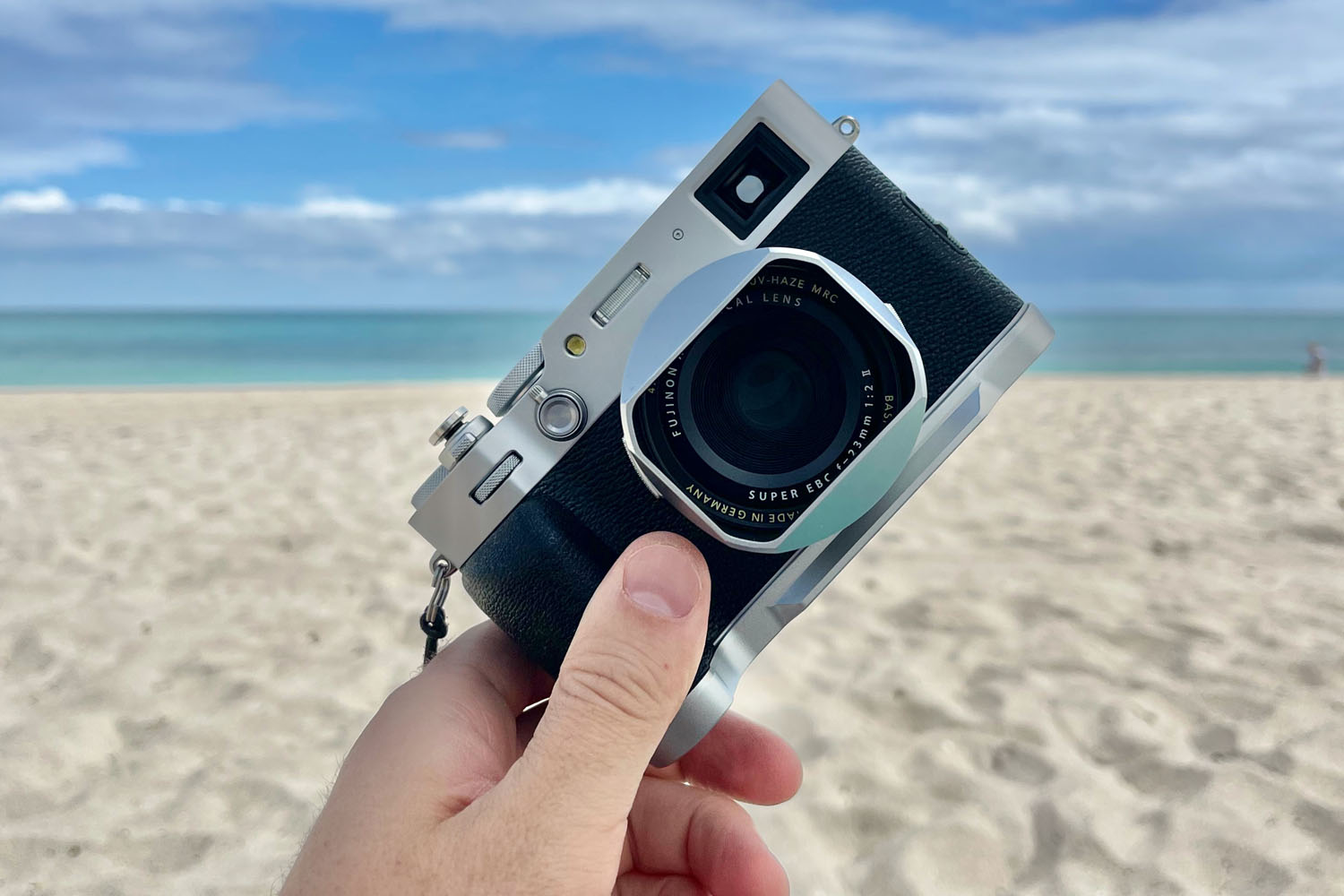Street photography in Portugal
(When the lines between genres are blurred and the rules don’t work)
Many, perhaps most, of my photographs were taken during my travels.
Traveling presents great opportunities for different types of photography.
Considered, these can be portraiture, landscape photography, food photography, nature, wildlife photography or architecture photography. You can find a lot of similarities in these genres of photography, but it’s also interesting to think about the specific features.
Often, a new journey begins with a search for photos. Worth searching online what are the most beautiful places in this or that country, and you can get a set of beautiful landscape photos.
One of the features of landscape photography is that it is geographically linked. The mountains and lakes of Austria and Switzerland, the coast of Portugal, the canyons of Arizona and the deserts of Namibia are in the photos that simply invite you to travel. The art of composition and the highest post-processing technique are what distinguish remarkable works by Andy Mumford, Thomas Heaton, Craig Roberts, Trevor Sherwin, Wayne Roberson and many others.
While looking through the photos on the Graig Roberts website, I saw a photo of Eilean Donan Castle, Highlands, Scotland. I remembered that 20 years ago I photographed this Castle in the evening, in the rain, with my first digital camera, the 4 megapixels Olympus C-750 UZ.
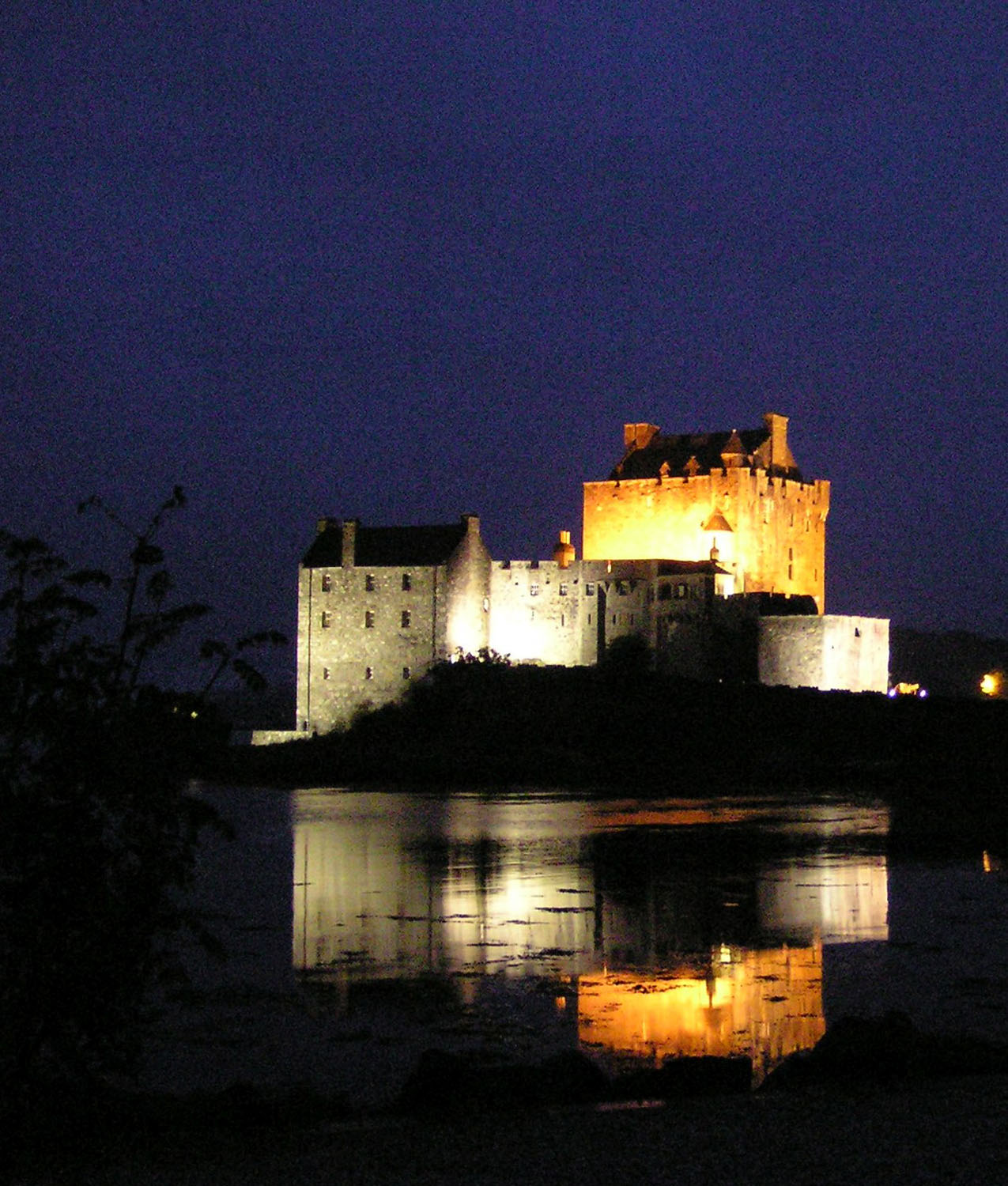
In no way do I want to compare my photo with the work of a master. But I want to emphasize the fact that these are photos of the same object, but separated by time. This castle was built in the 13th century (no one thought or dreamed about photography).
It survived several destructions and was rebuilt in the 1900s. It is one of Scotland’s most famous Castles, and hundreds, if not thousands, of photographs of it can be found. It could stand in the same place for another 800 years (or more), and it would be possible to get an image of it, whatever the technology of “photography” would be in the future. This place can be visited again and again, and photographed at different times of the day, in different weather and lighting.
This is an example of a Landscape photograph taken while traveling.
Street photography is a different story. It’s easy to take street photos while traveling if you follow the definition of Street photography as candid photographs of people in a public place. Looking through the photos of recent years, I saw that more and more photographs I can define as street photography. And what could be more natural than Street Photography while traveling? Are there boundaries between these genres? Do I have to follow certain rules or recommendations to fit one genre or another?
I would like to present my absolutely subjective opinion.
A few necessary notes:
- All photos in the article were taken in JPEG format from the camera, with minimal processing (cropping, little exposure tuning, if at all).
- All photos taken in Portugal, except 1, 31, 32 and 39 with EXIF information
- The photos were taken with Olympus, Nikon and Fuji cameras, and a phone camera.
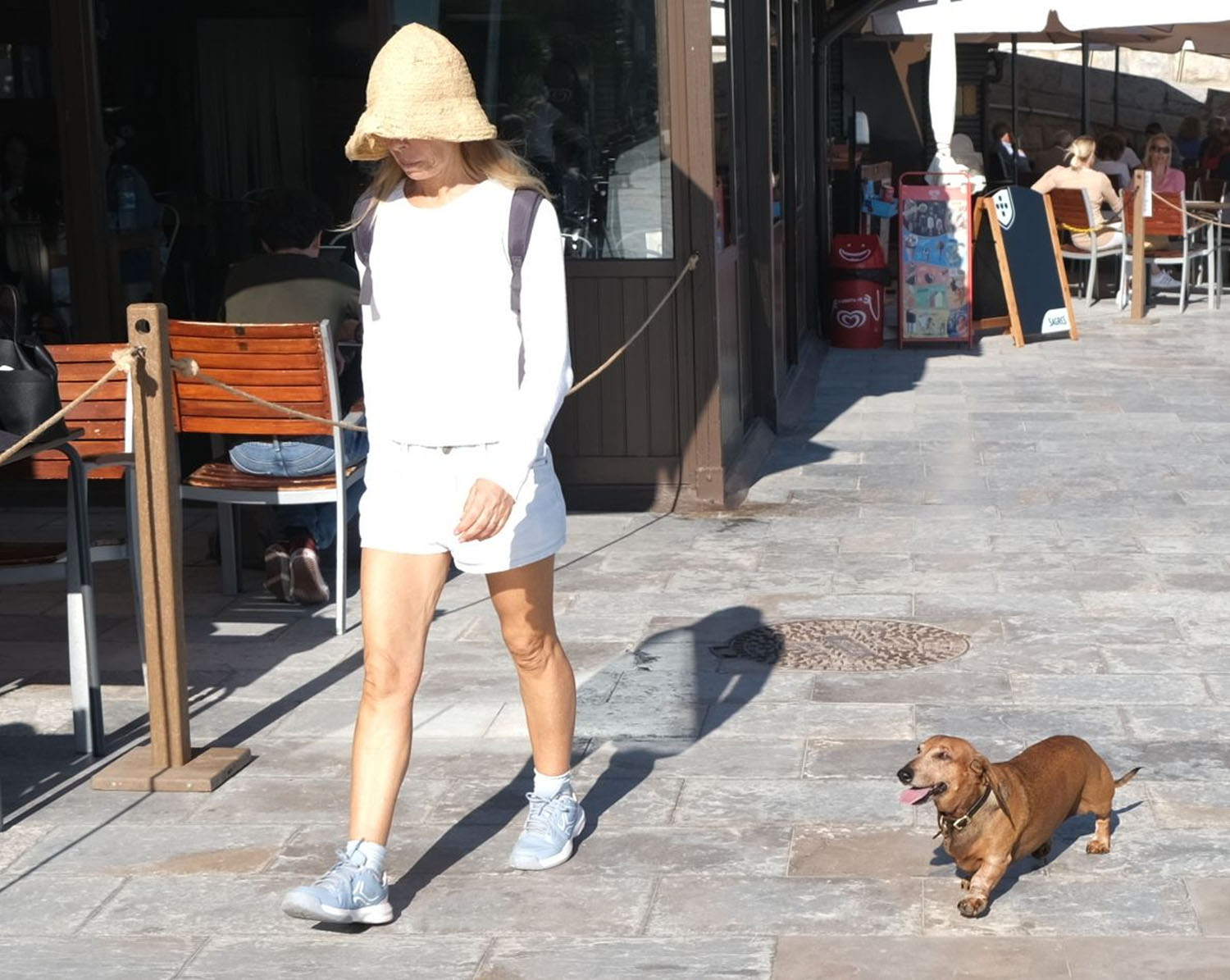
The “Street” practically means any public space, whether outdoor, like a beach or indoors, like a metro.
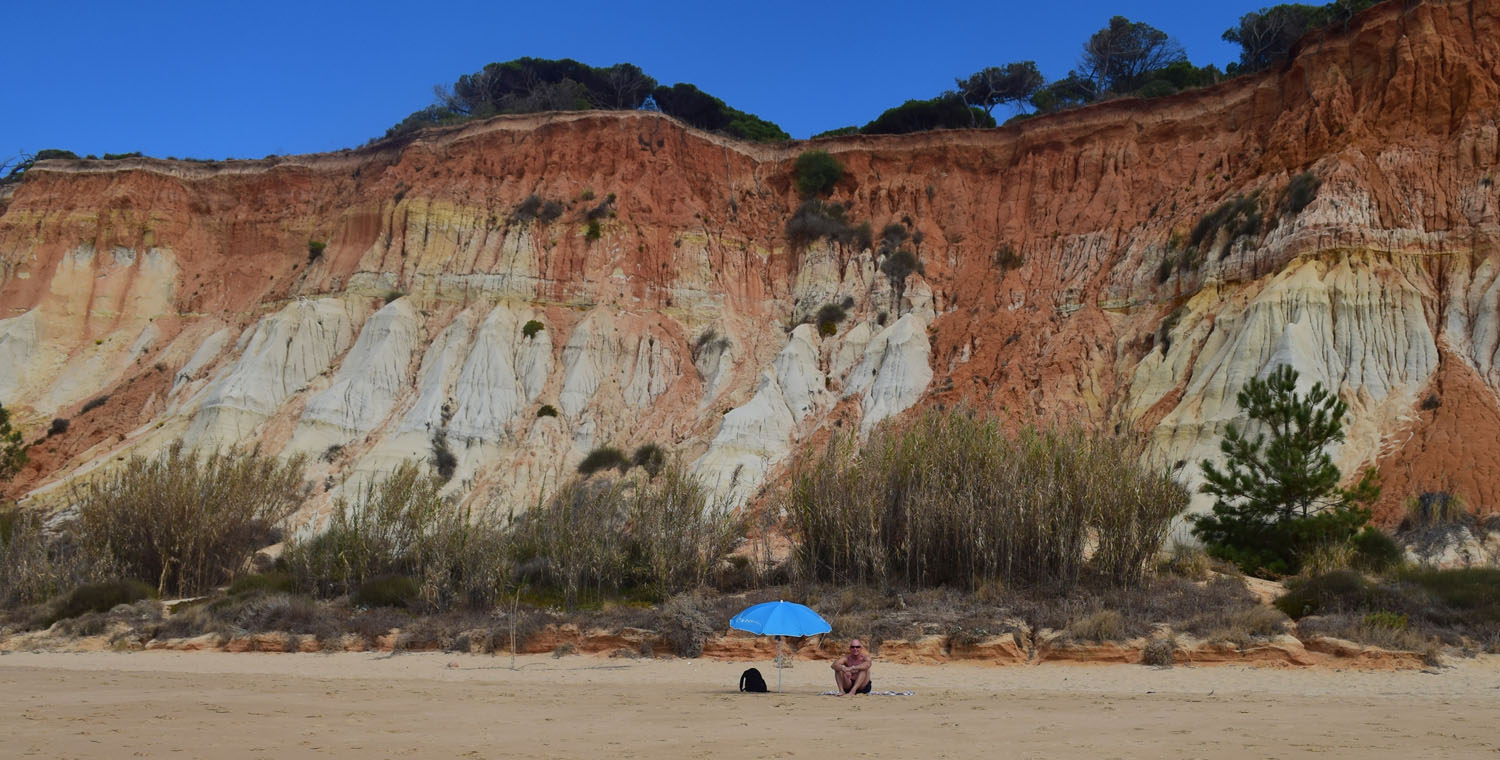
A street is a scene where the action takes place all the time. Although the streets in the cities in India or Japan are very different from the streets of Moscow or New York, it should be easy to capture spontaneous scenes of life in any place.
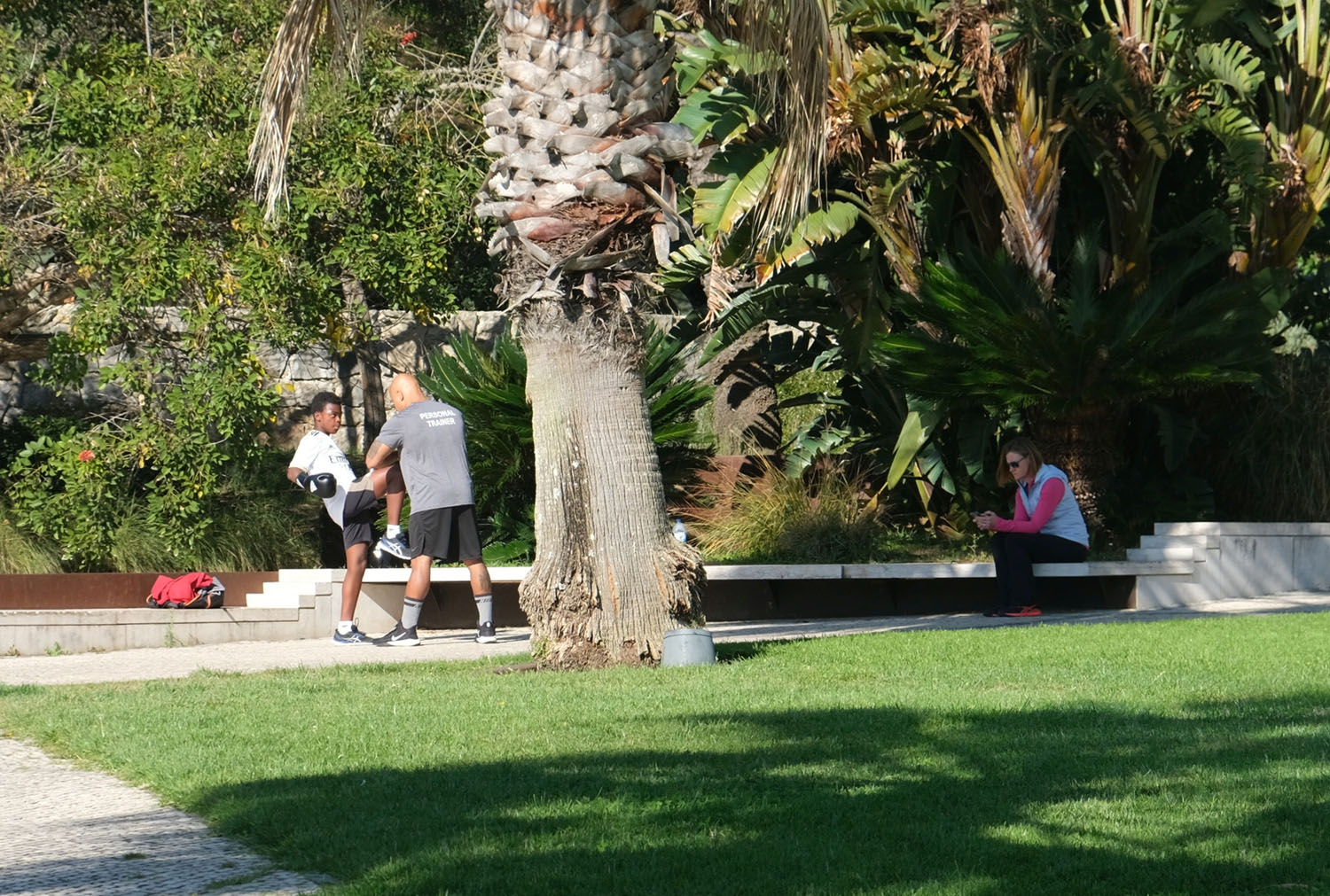
So why do people frequently complain that street photography is boring?
When everyone has a camera in their hands, Street photography becomes very popular. Too many images of a person walking down the street or scenes with shadows and silhouettes, reflections and bus windows. Some of them may be wonderful photographs, but they have been taken thousands of times, and they are boring, because they are repetitive. People imitate photos that have already gained recognition.
A landscape photographer often makes his way to hard-to-reach places and encounters bad weather, dirt under his feet, and inappropriate light. He wades over wet rocks in the dark to photograph the amazing sunrise in the mountains. The result can be highly appreciated by viewers.
As one Russian blogger remarked – when it rains, a Street photographer just walks into an expresso bar. There, he takes 482 photographs of coffee cups, tables, the feet of passers-by, and people outside the window. All these pictures are all the same and incredibly boring.
When everyone follows the same guidelines and rules, it’s hard to expect original results. My approach to street photography is to find and capture in the photo a unique or just interesting moment that will evoke emotions in the viewer – surprise, curiosity, and visual pleasure – what I felt during the shooting.
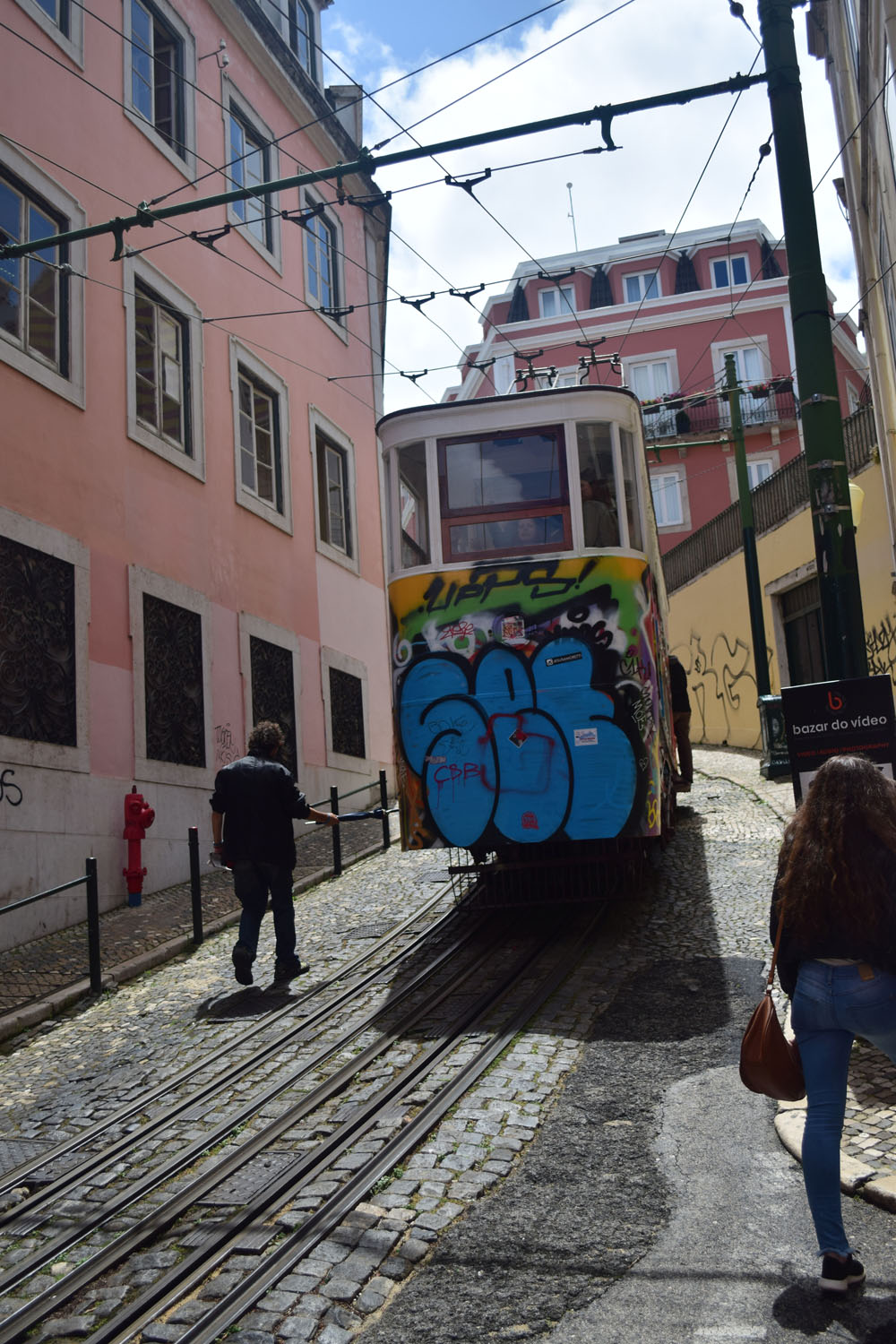
This is an example of a Street photograph taken while traveling.
Of course, you have to have patience and some amount of luck to capture spontaneous scenes as they happen. Sometimes we will be able to create photography we haven’t seen before. We don’t want photography to look like it was done 1000 times by others.
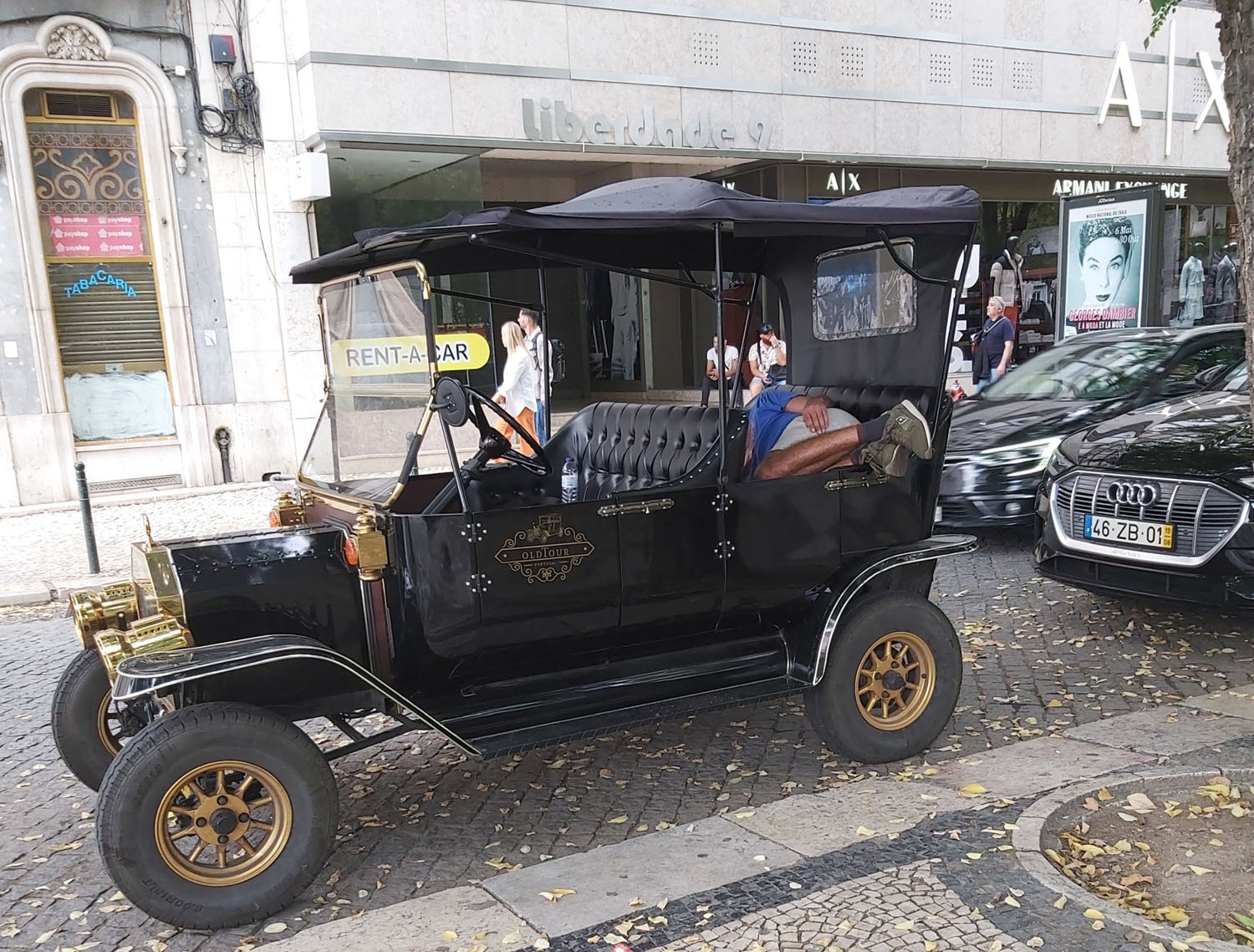
A compact, user-friendly and reliable camera is essential to react quickly to interesting moments that occur on the street in a matter of seconds.
During my recent travels in Portugal, I used a Nikon D5300 camera with an APS-C sensor with an 18-55mm lens and the Fujifilm X-T30, also with the XF18-55mm lens.
Both combinations were convenient for travel and provided the required photo quality. The difference was that the photos taken with Nikon’s camera usually required some color correction (albeit small, but requiring attention and time). I always try to choose the object, exposure, composition, etc., as accurately as possible from the very beginning. And for me, the most important thing has always been to get a photograph that reproduces as closely as possible what I saw with my own eyes before pressing the shutter. Whether it’s color, movement, or emotion, that’s what makes this moment and this photograph unique.
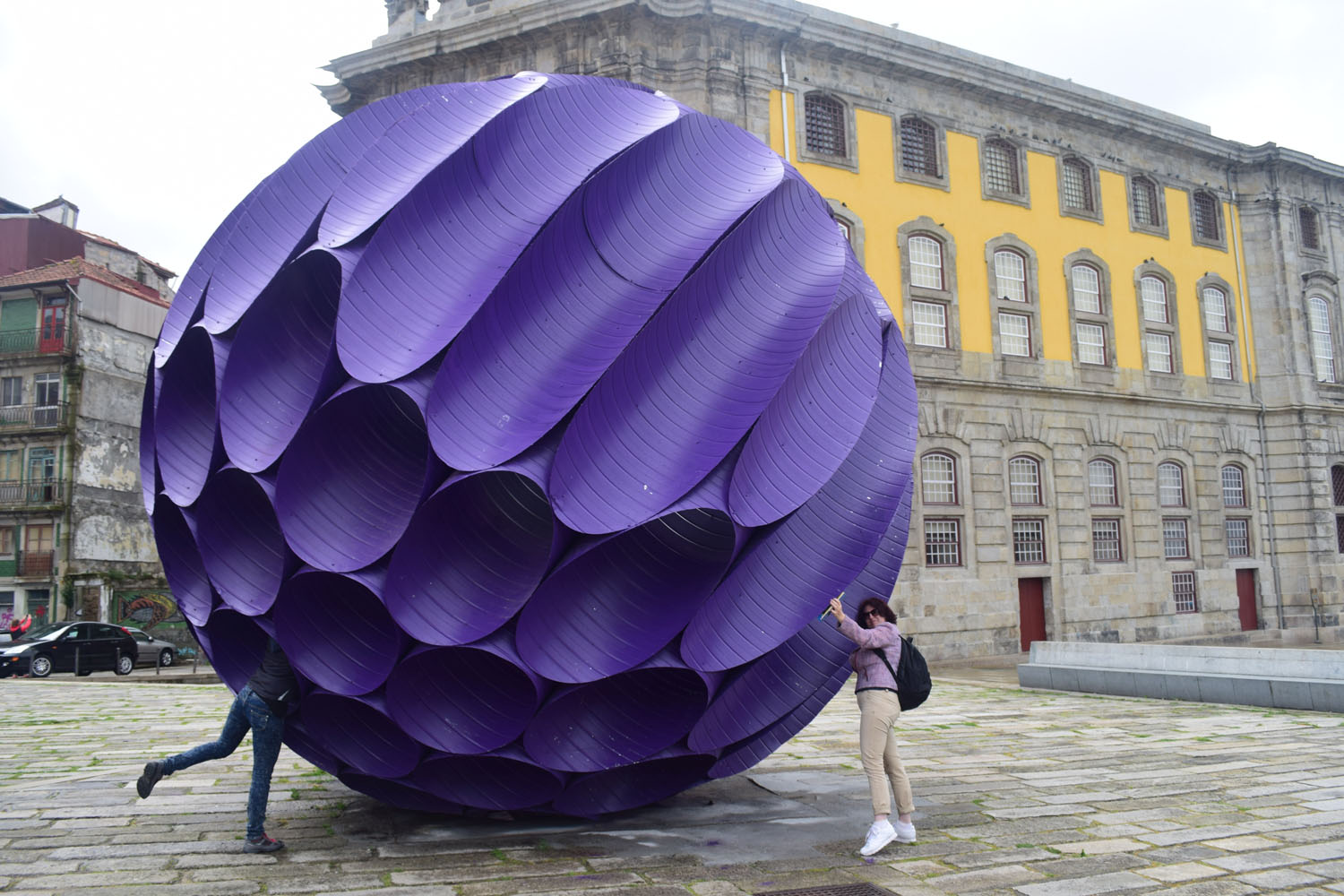
I’ve always felt that massive post-processing doesn’t match the spontaneous nature of street photography. I can adjust the contrast, and saturation a bit (if necessary) or do a crop, but the color balance has to be right. This allows you to shoot in JPEG format.
I think the JPEG files and colors that Fujifilm cameras can produce are really good. For this reason, I completely switched to photography with only the Fuji camera.
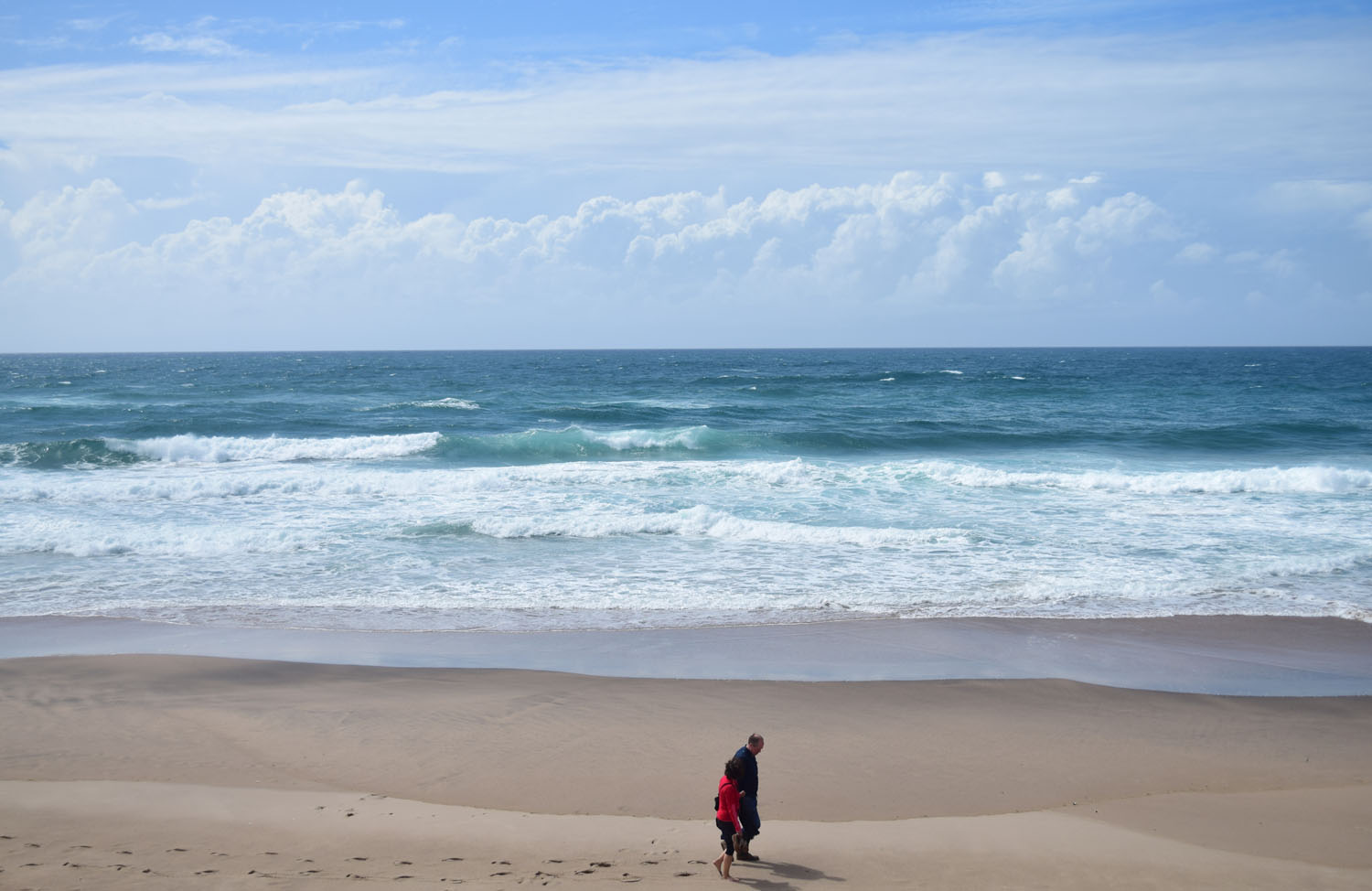
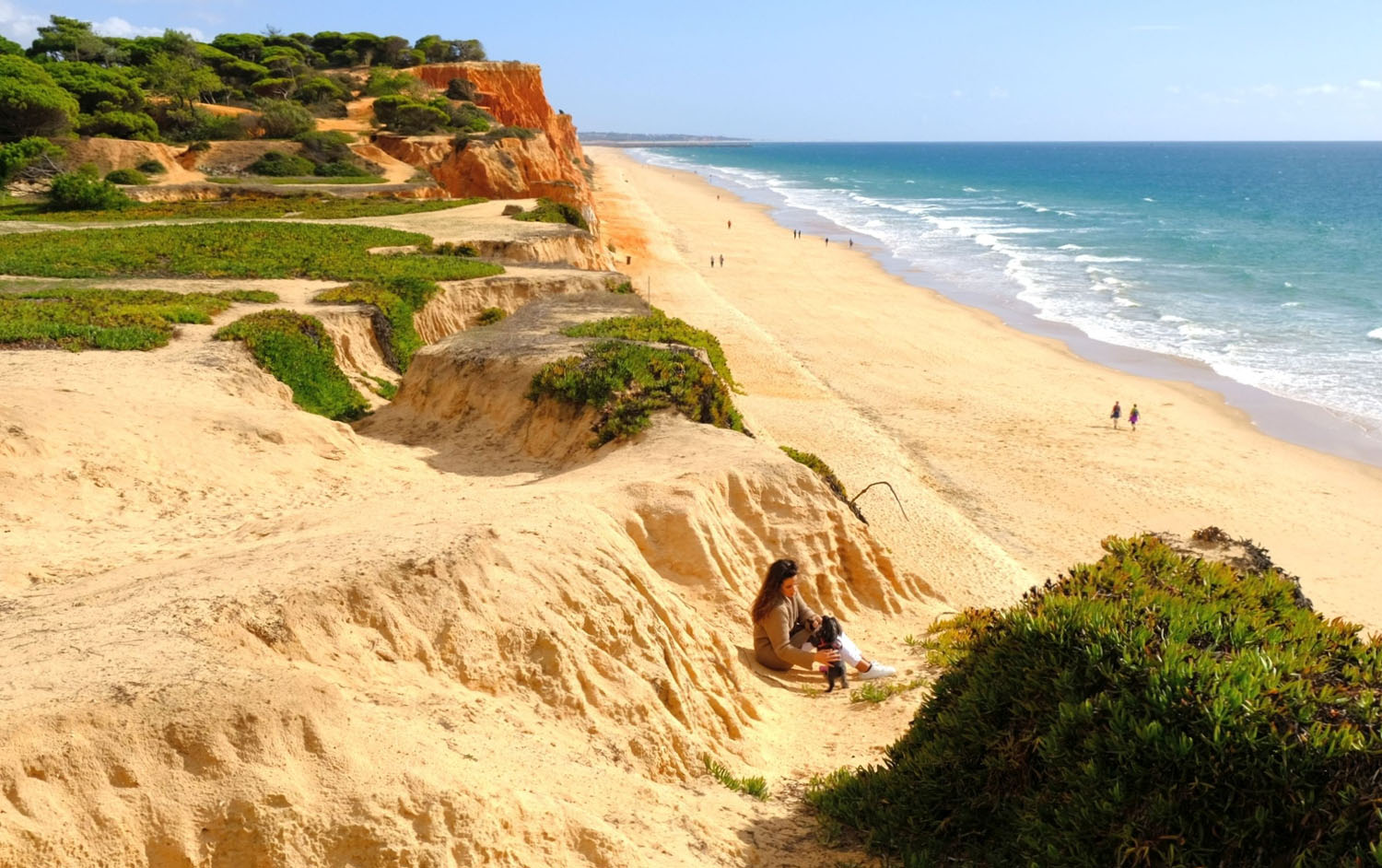
I think street photography is one of the most inspiring genres of photography but not an easy one. Photography should be real and interesting. Sometimes recommendations and rules help you get a good photo, and sometimes following the rules makes it impossible to take a photo at all.
You can’t let the rules or someone’s recommendations prevent you from pressing the shutter and taking a photo.
Some recommendations and rules just don’t work. For example, it is considered that any photograph in public that involves some kind of human element is a street photograph. But it could be someone’s portrait taken on the street. Where are the boundaries between genres?
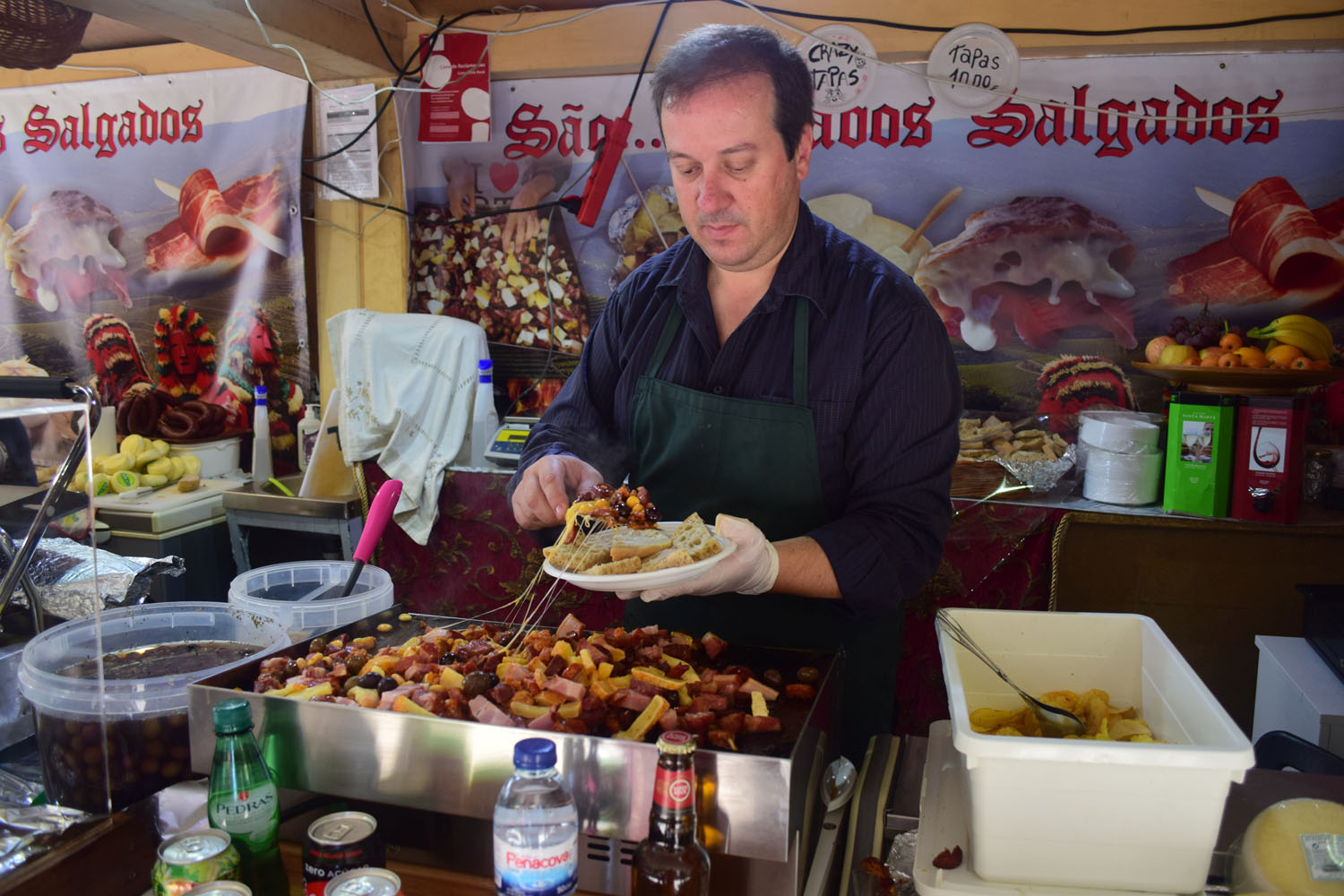
Some people believe that in street photography, it is important that the subject behaves naturally or spontaneously, without posing.
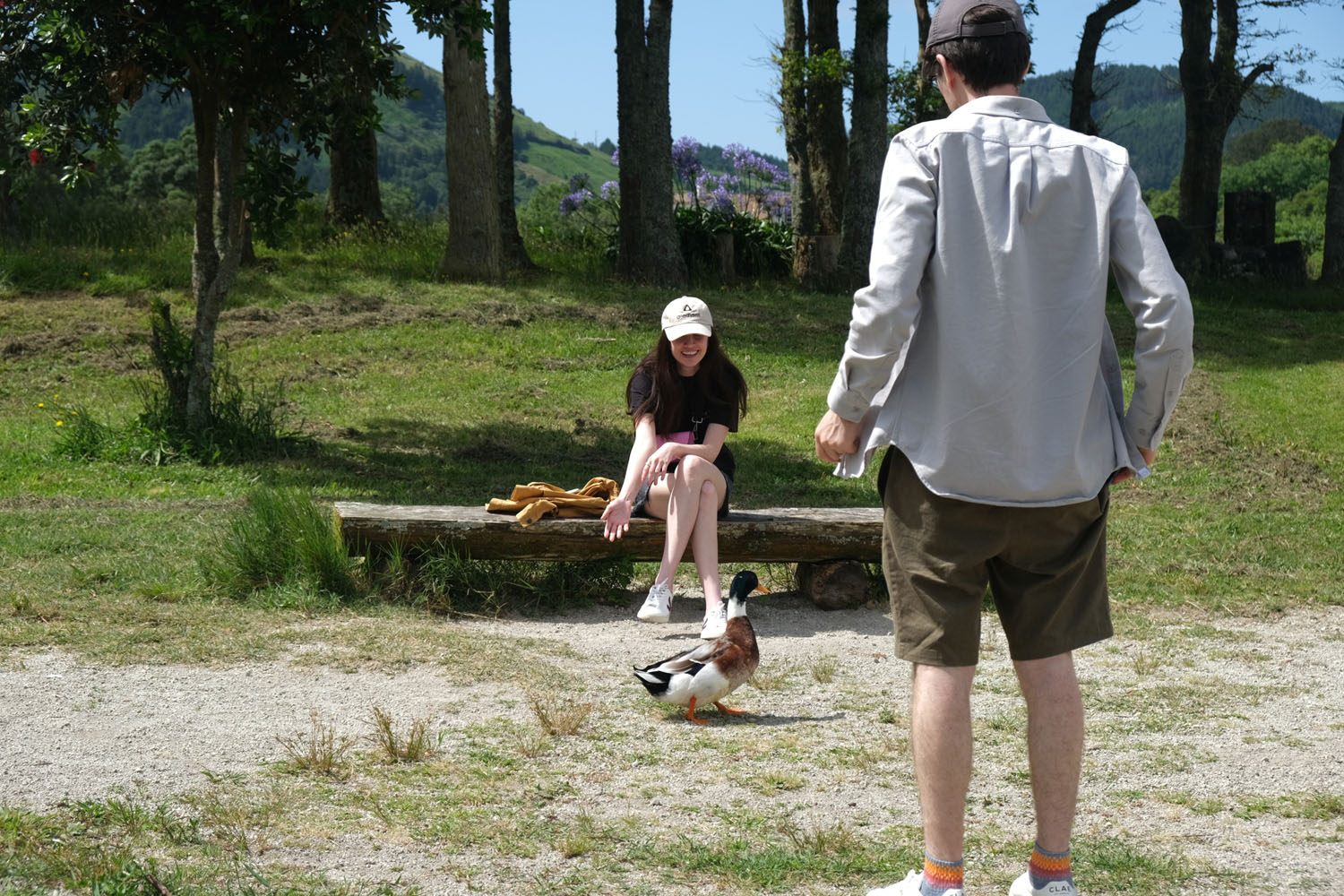
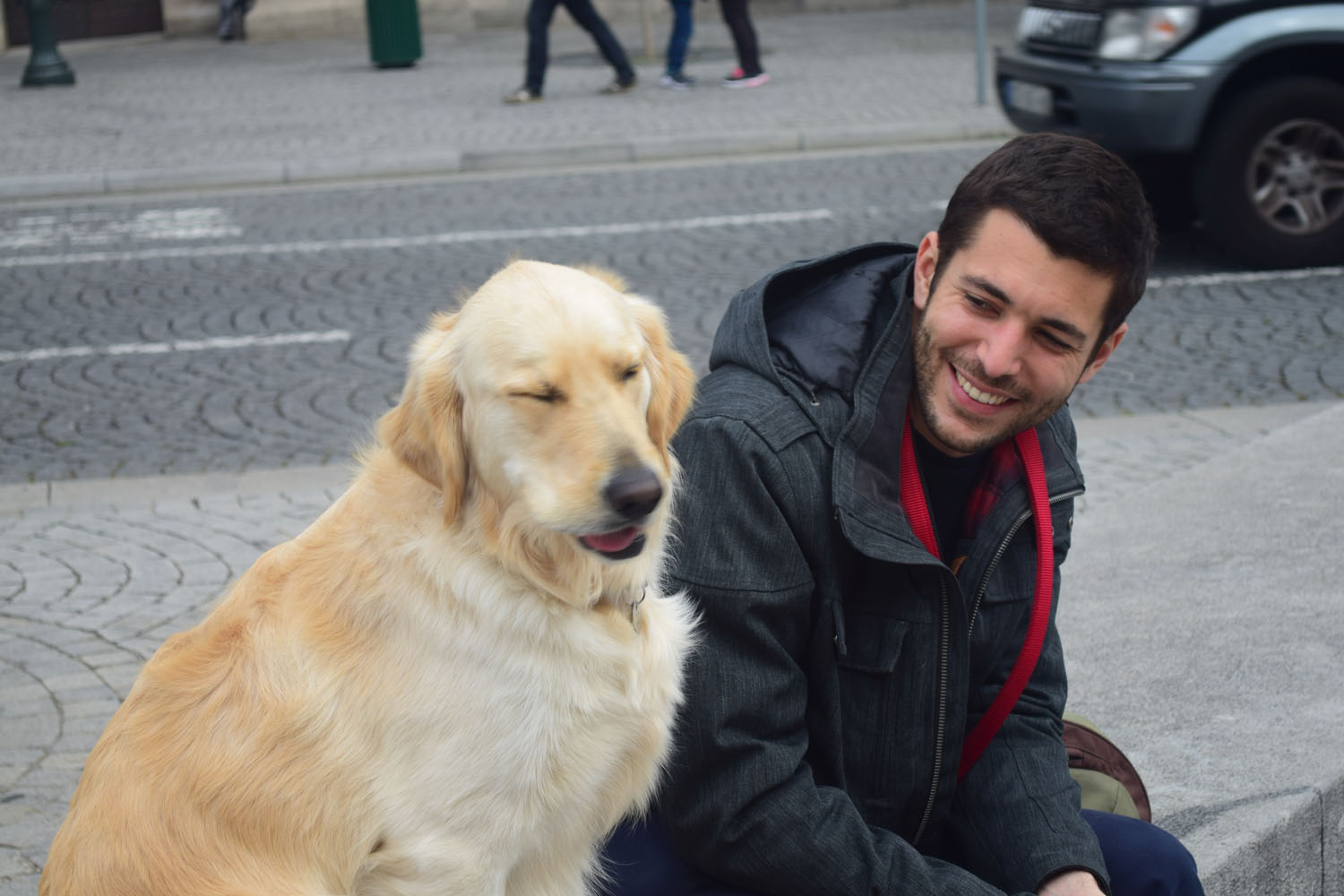
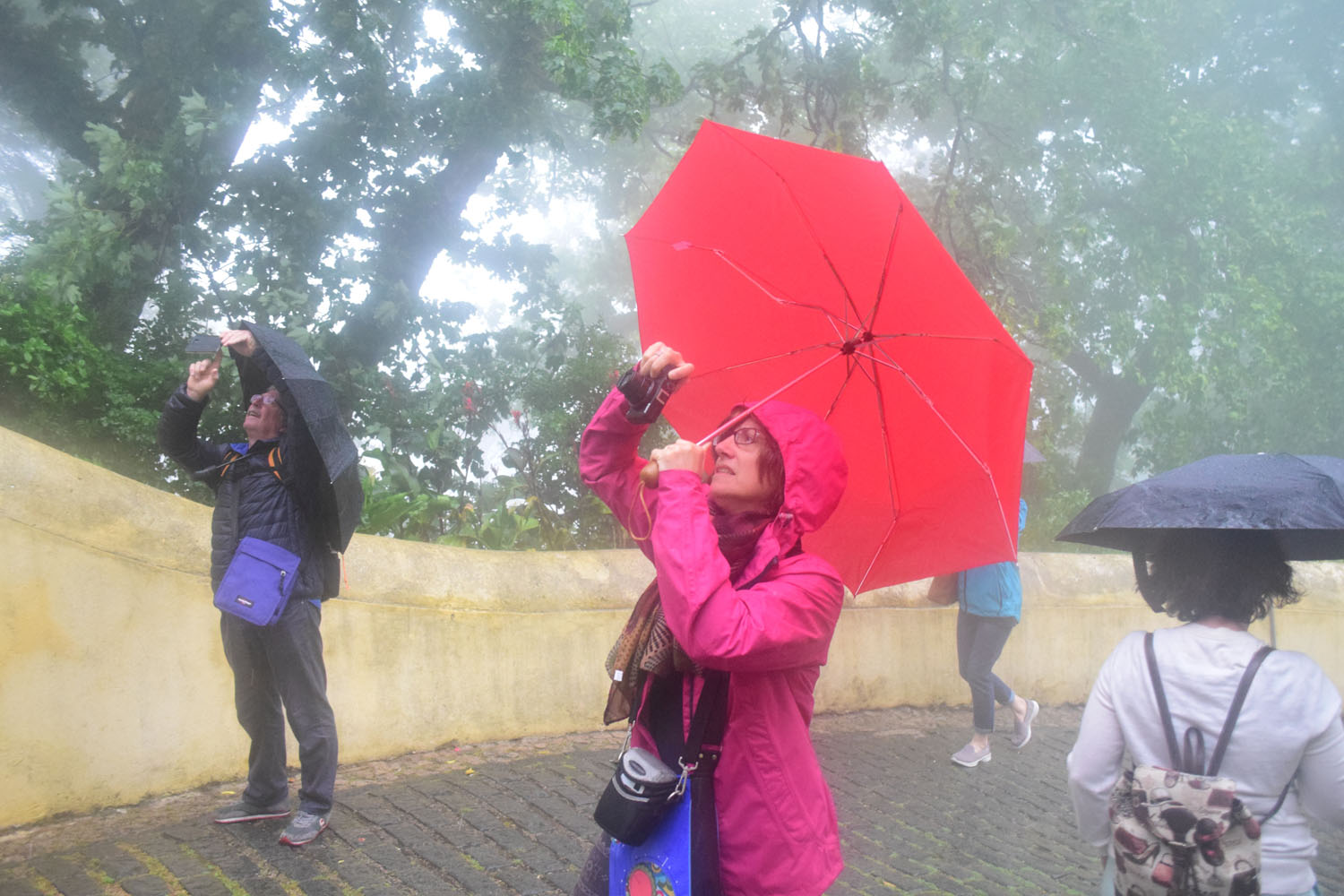
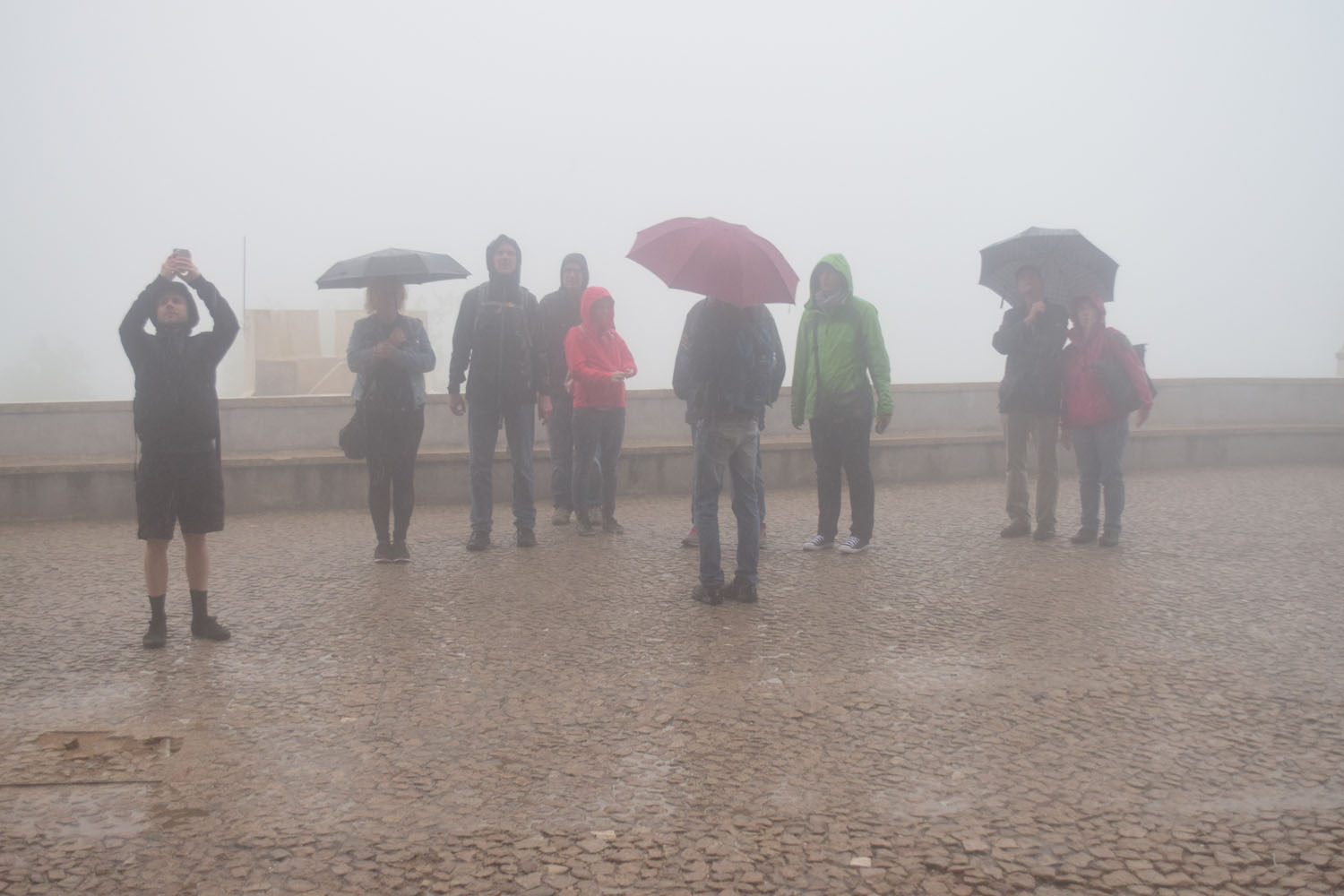
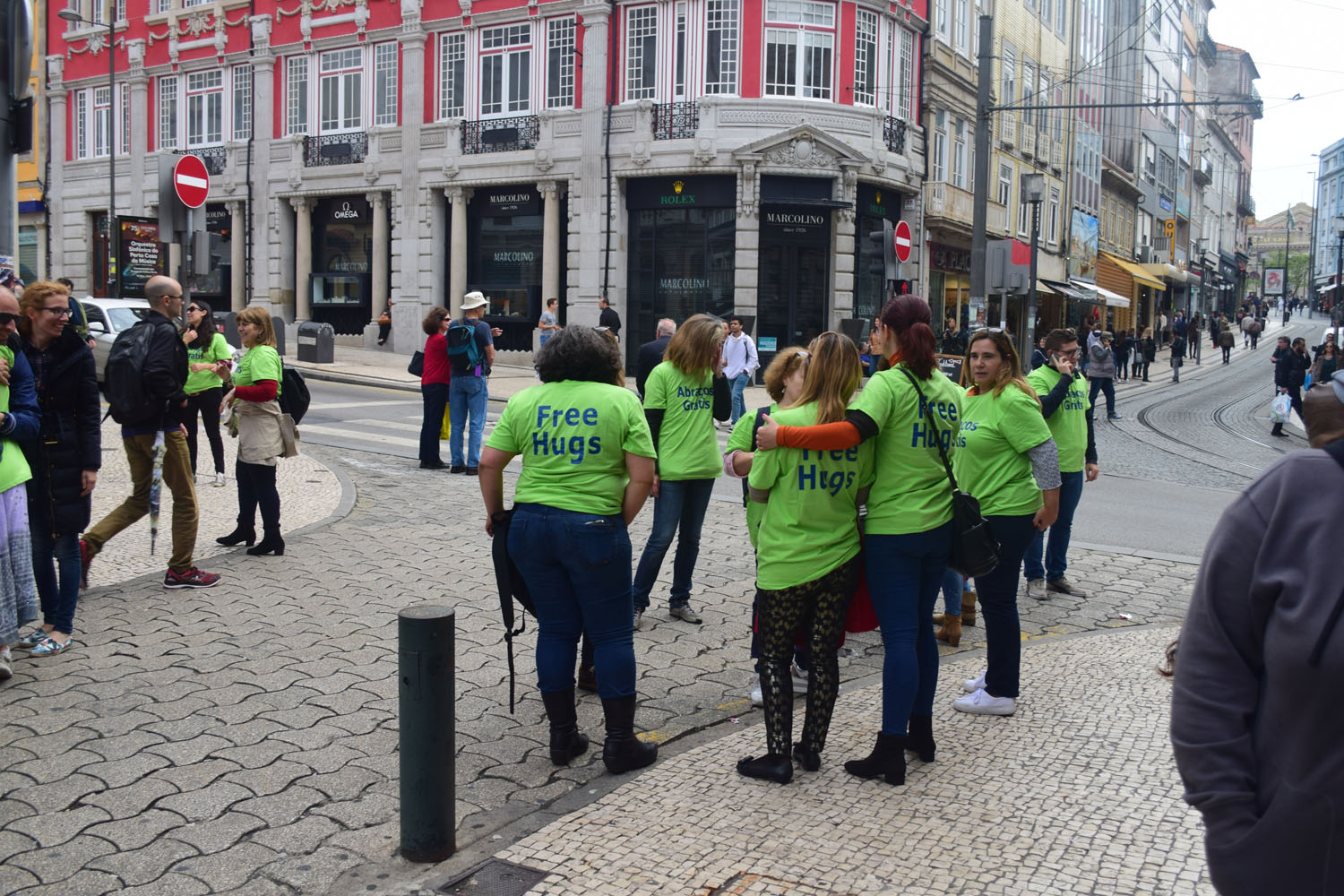
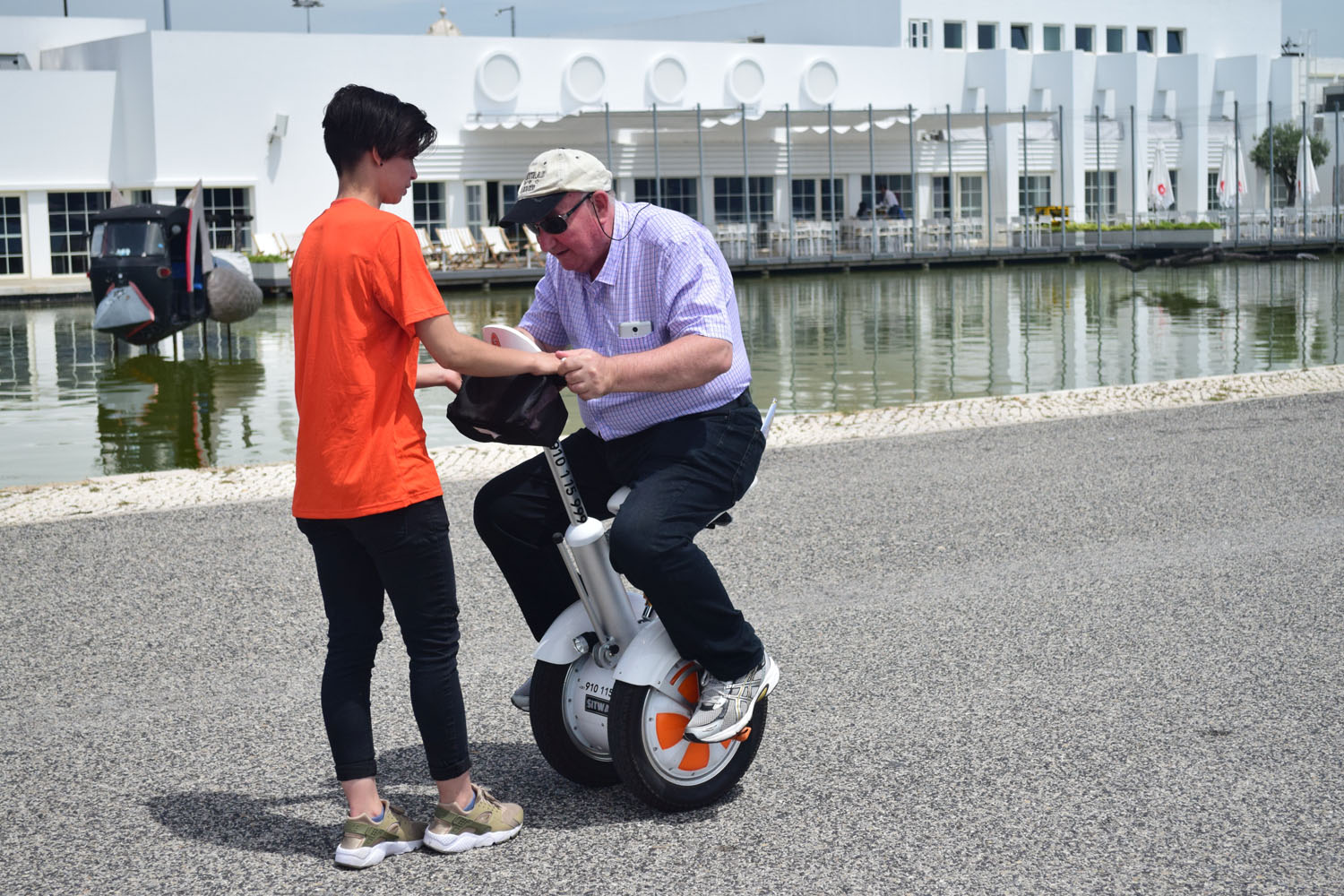
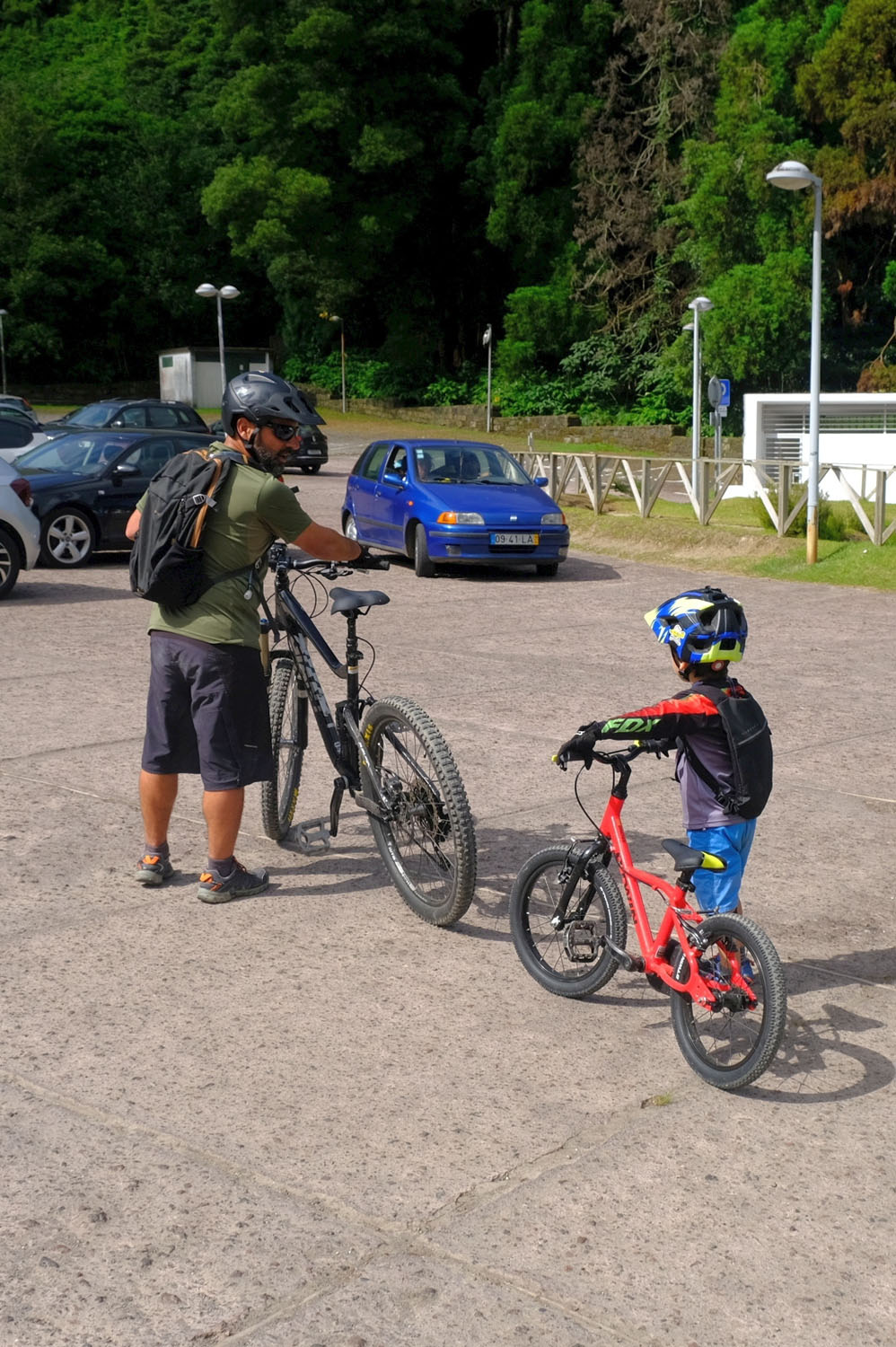
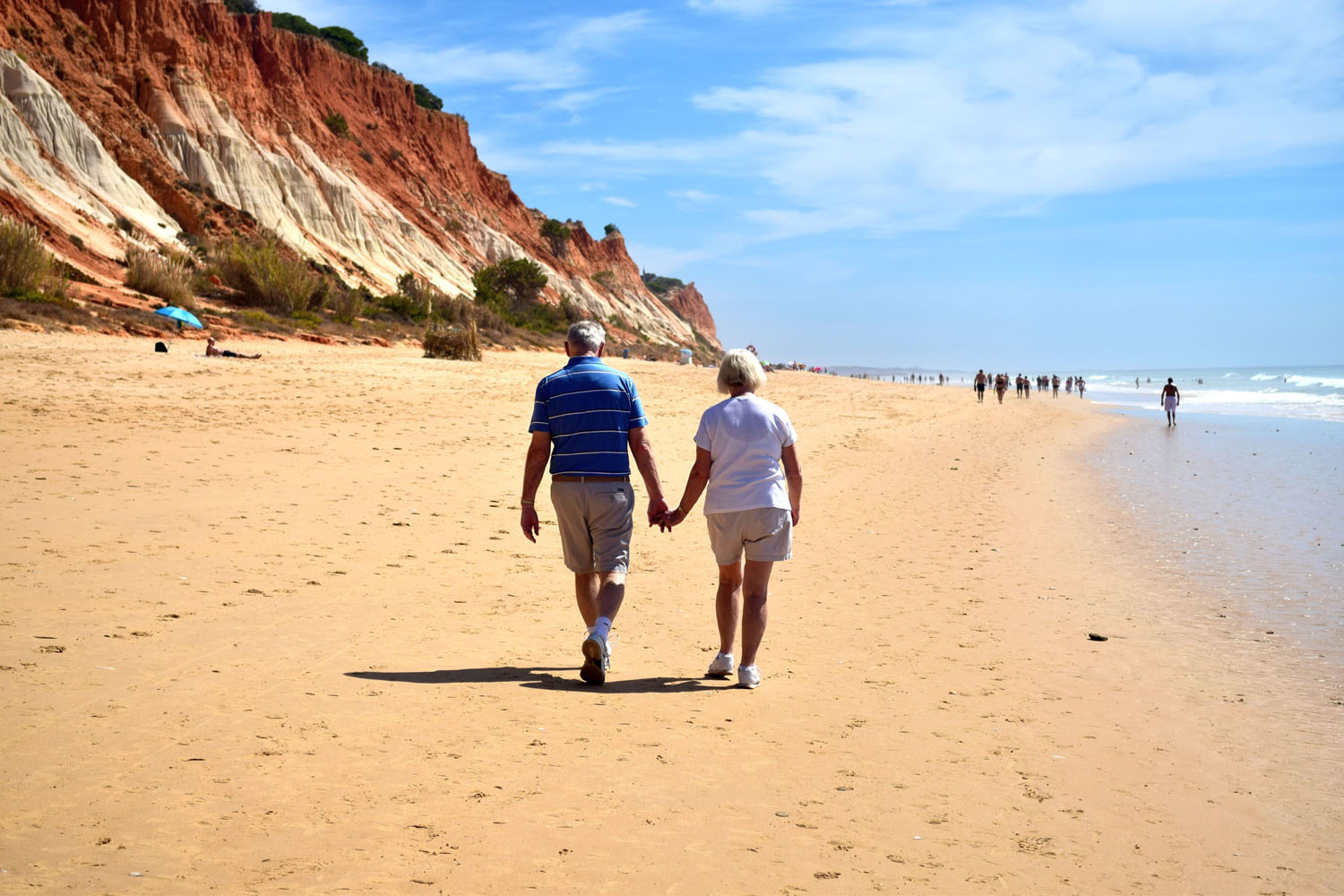
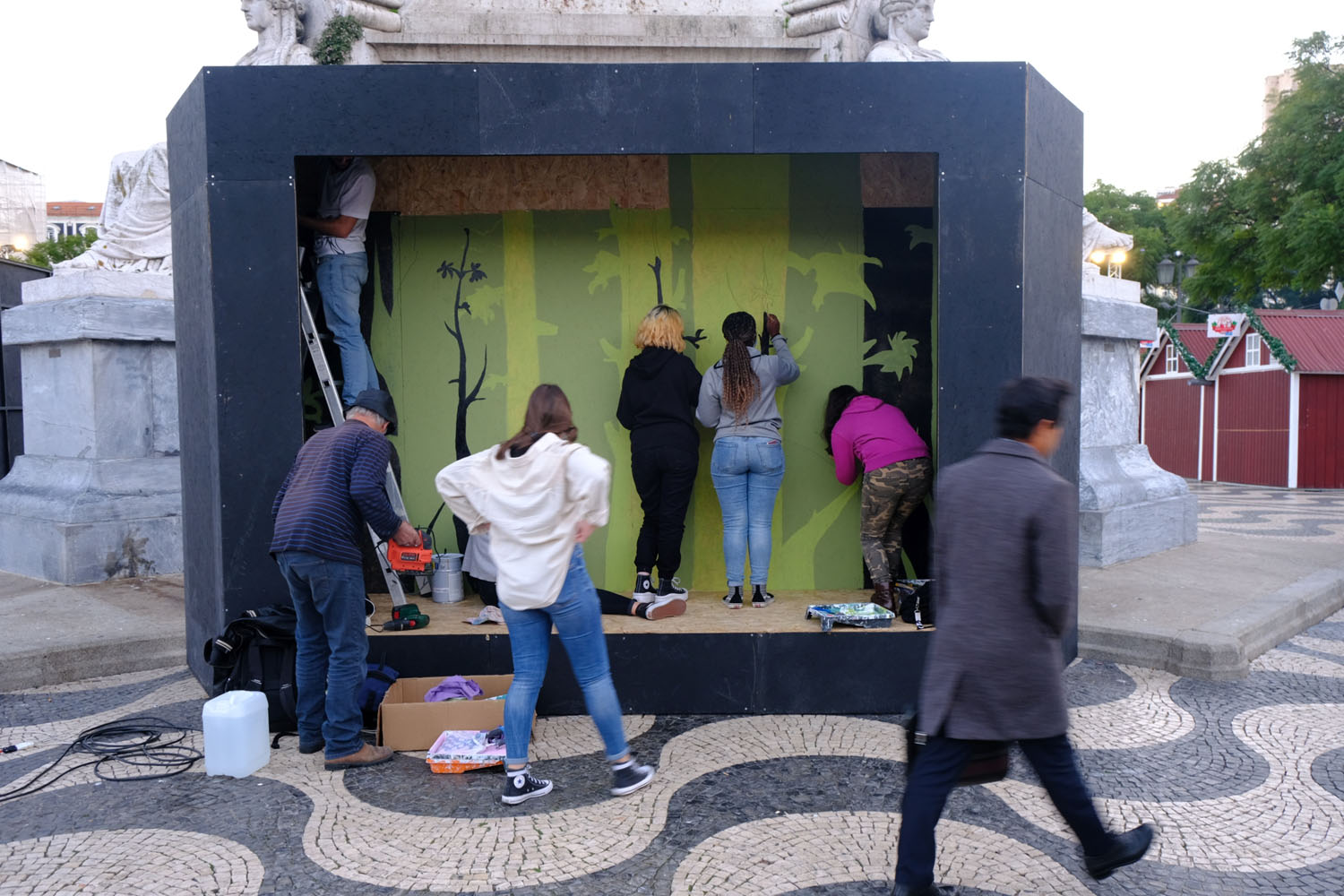
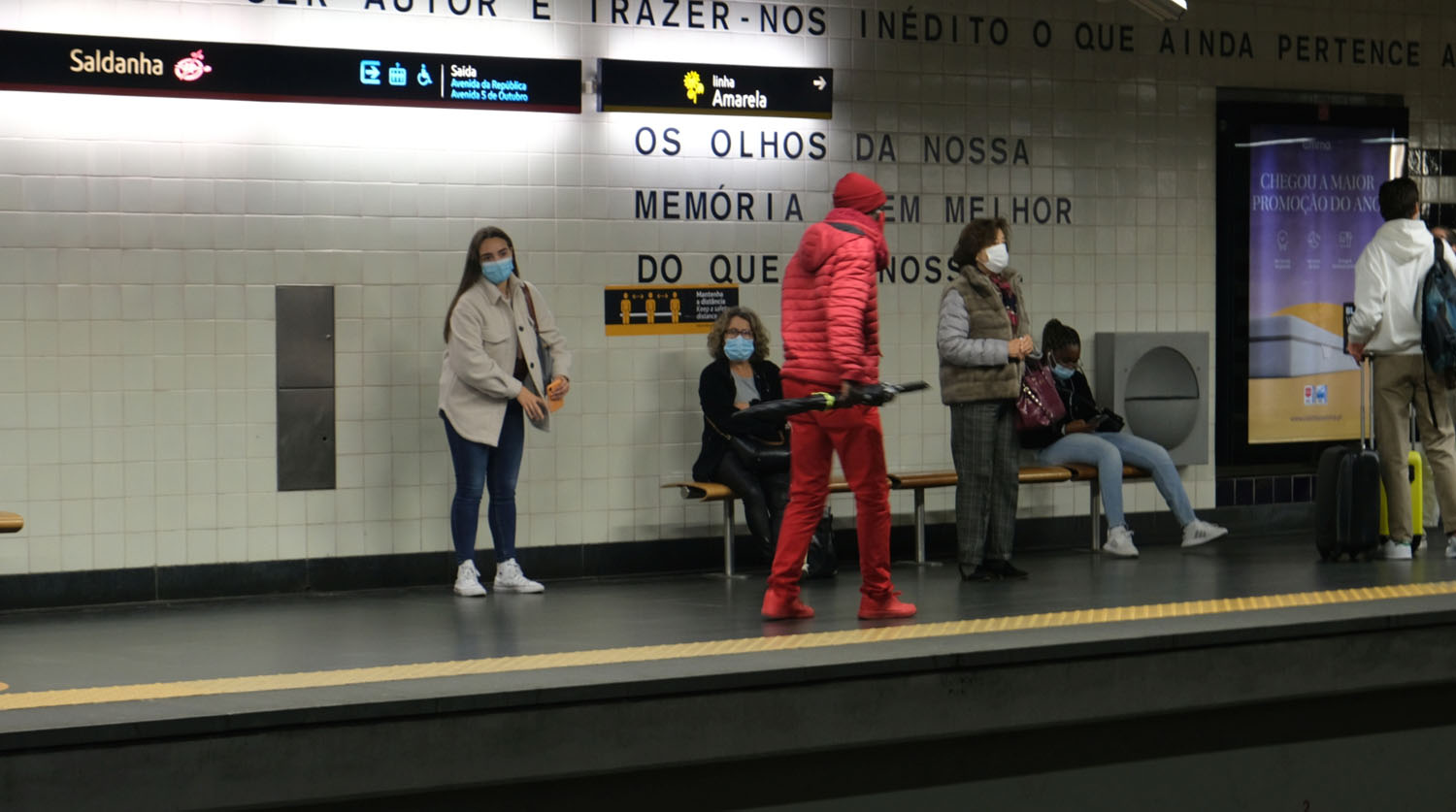
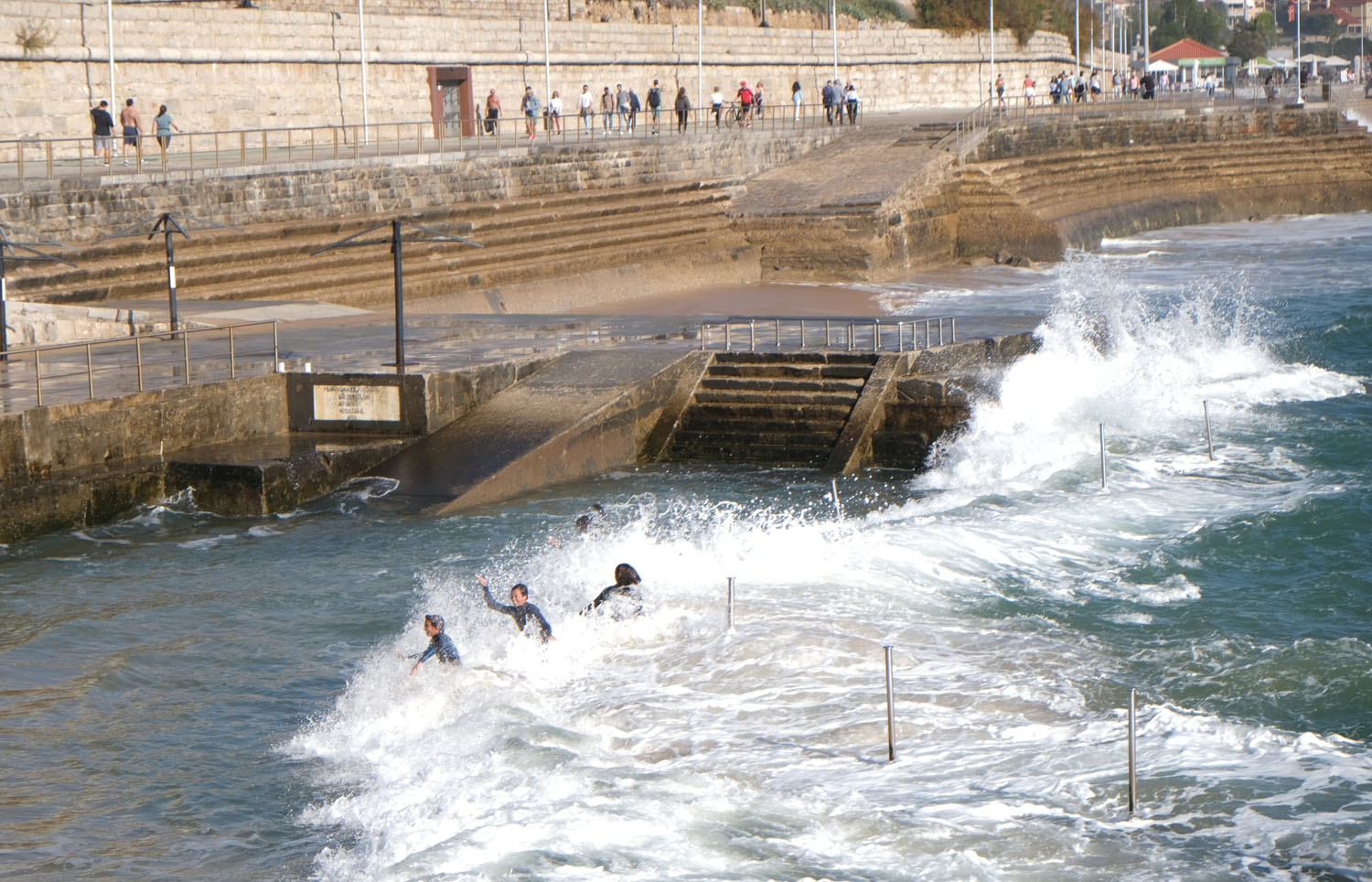
I don’t believe in such recommendations, for example: do not make eye contact with your target; you must be “invisible” in street photography; you must use a small camera on the street.
I don’t act like a “hunter” or a «fly on the wall». The size of the camera doesn’t matter. However, the retro design of the Fuji camera often attracts attention.

People know that I photograph them. If they are against it, they can give a sign. But sometimes they just want to be photographed. They can smile and show that they can see you. And this does not prevent you from getting an interesting photo, “catching” an emotion. And the photograph captures a unique moment, a non-repeating situation.
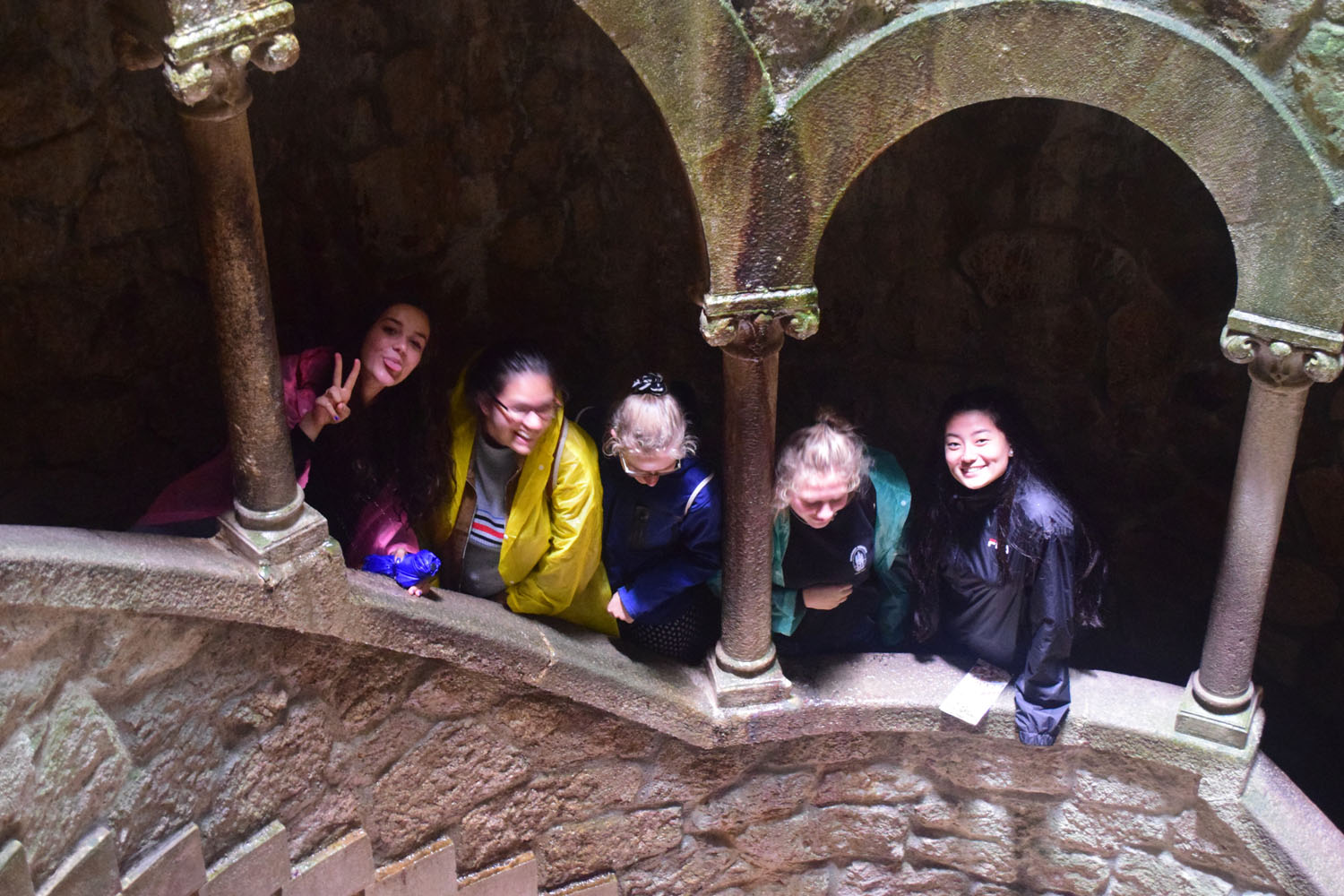
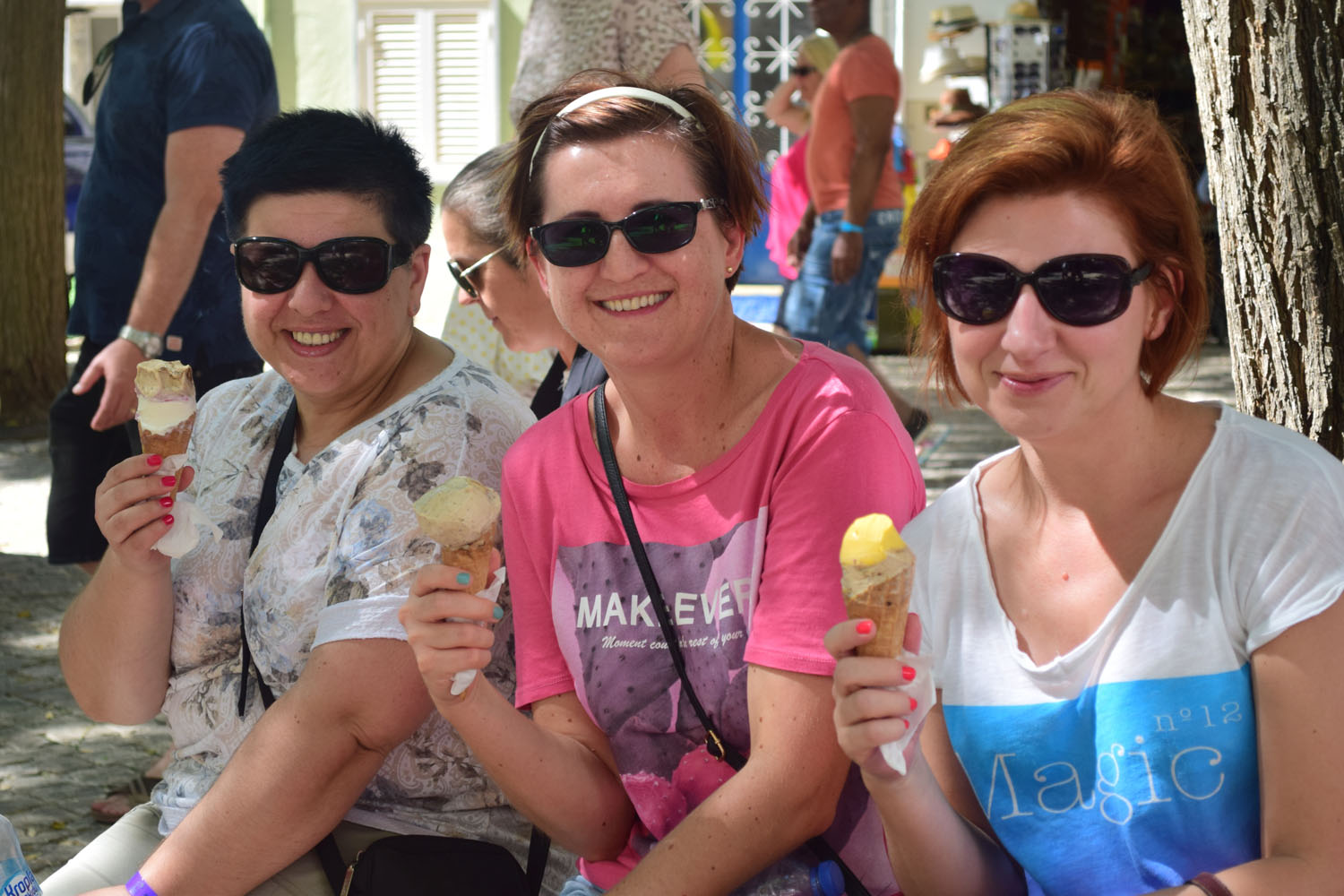
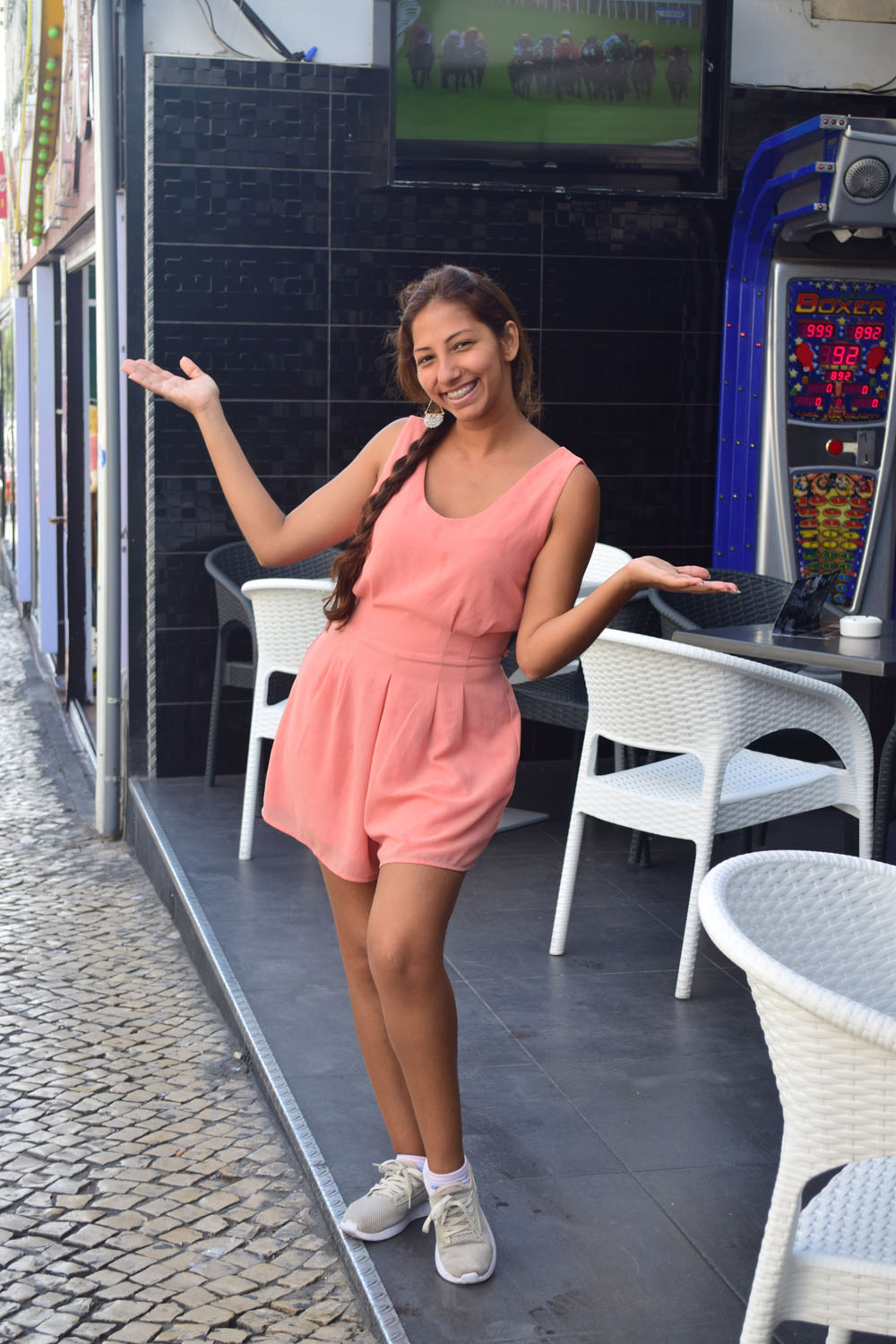
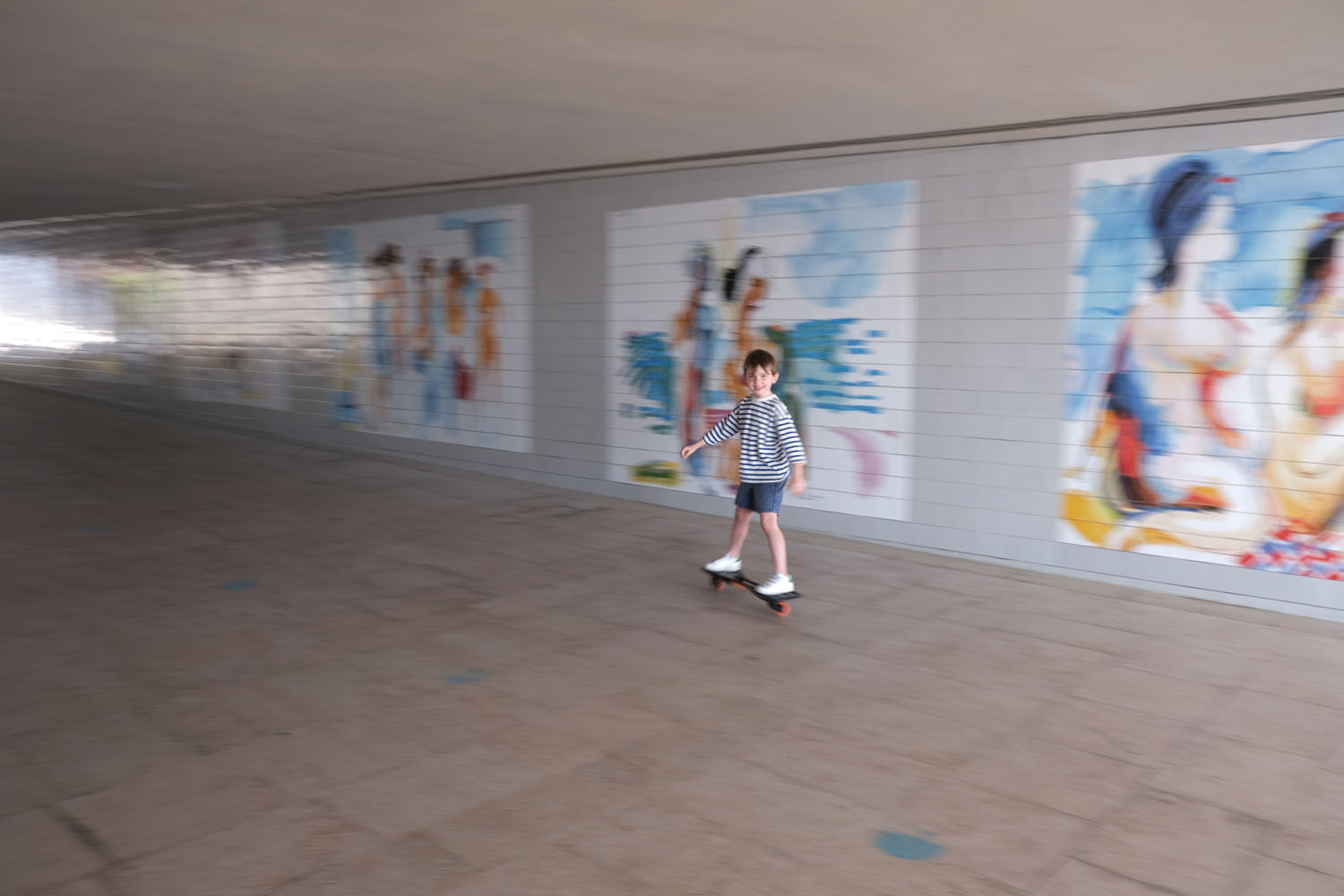
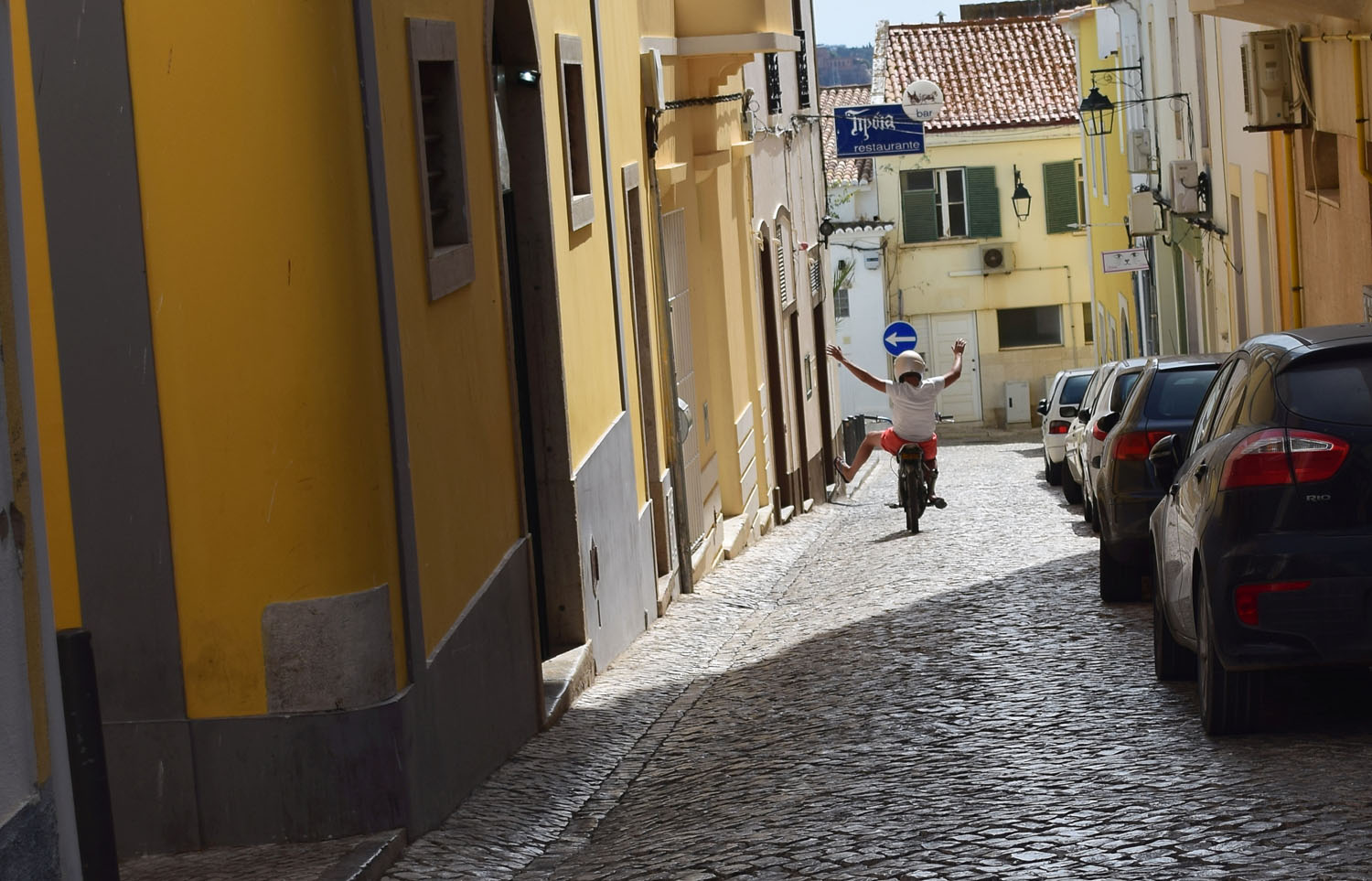

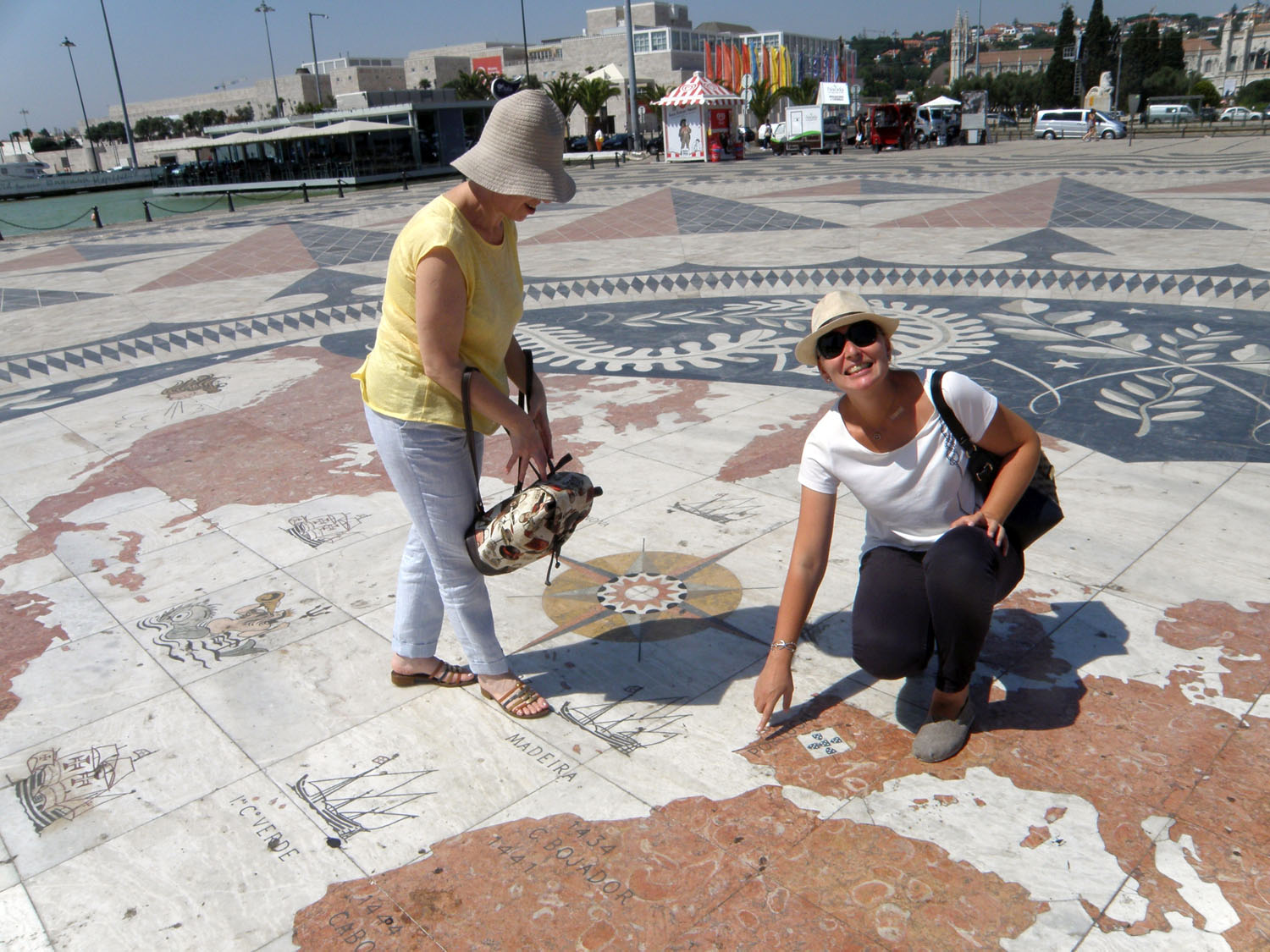
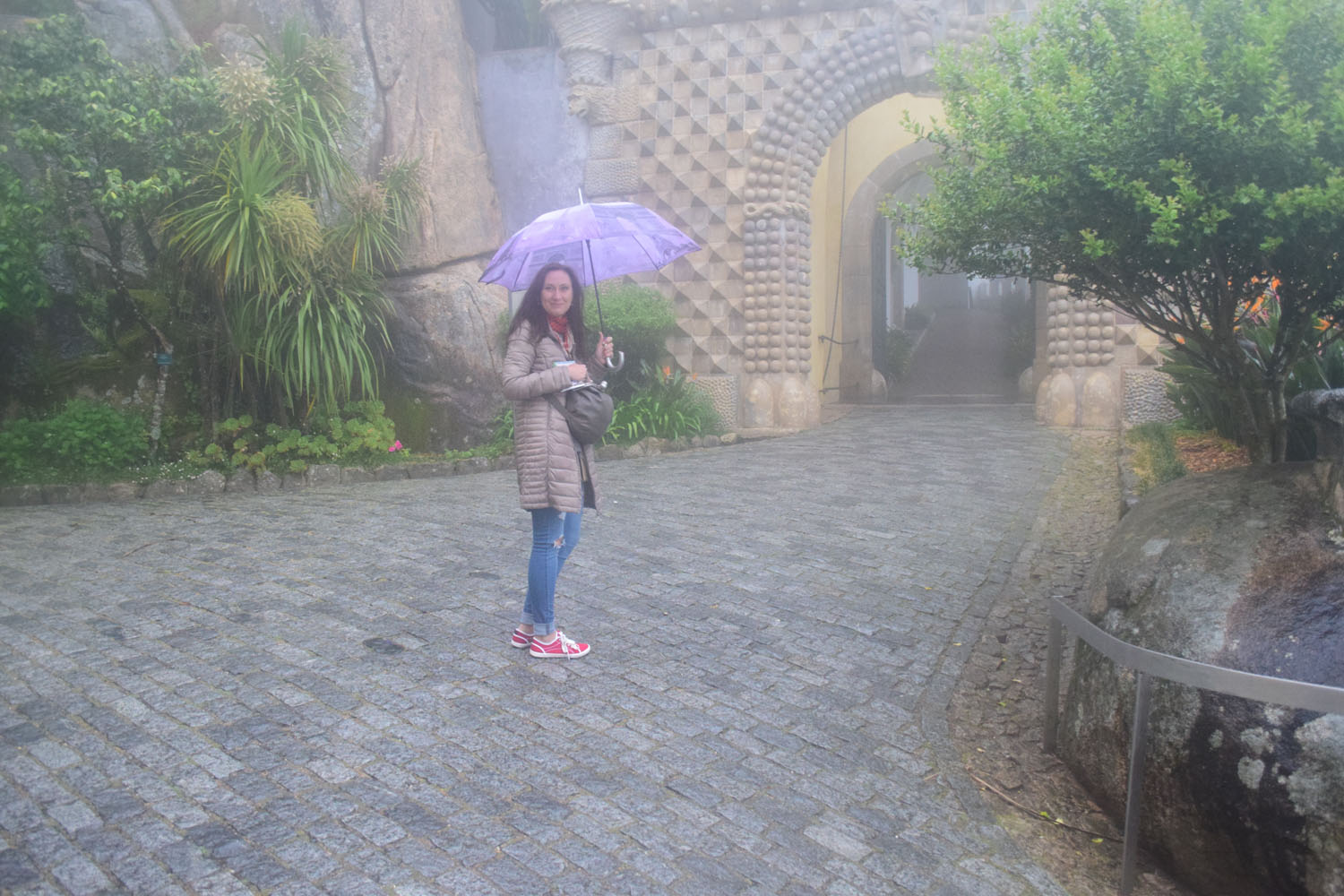
For many, it is not enough that the camera captures the attractiveness, charm or realism of a moment or event, unexpected juxtapositions etc.
It is required (or recommended) that the photo should tell a story.
And what does that mean? Convey a message? Evoke an emotion in the viewer? Express by photo some of my feelings as a photographer? If so, why are there so many identical photos? What is so special about a photograph of a person walking with his back to the viewer on the border of light and shadow? What is the difference between a photo of one silhouette and another? What is interesting in this silhouette?
I think street theater presents an infinite number of unique or even ordinary moments for an interesting photograph that conveys a message, an emotion, or evokes curiosity or a smile etc. What does this mean for me? First, I can tell a story through photography.
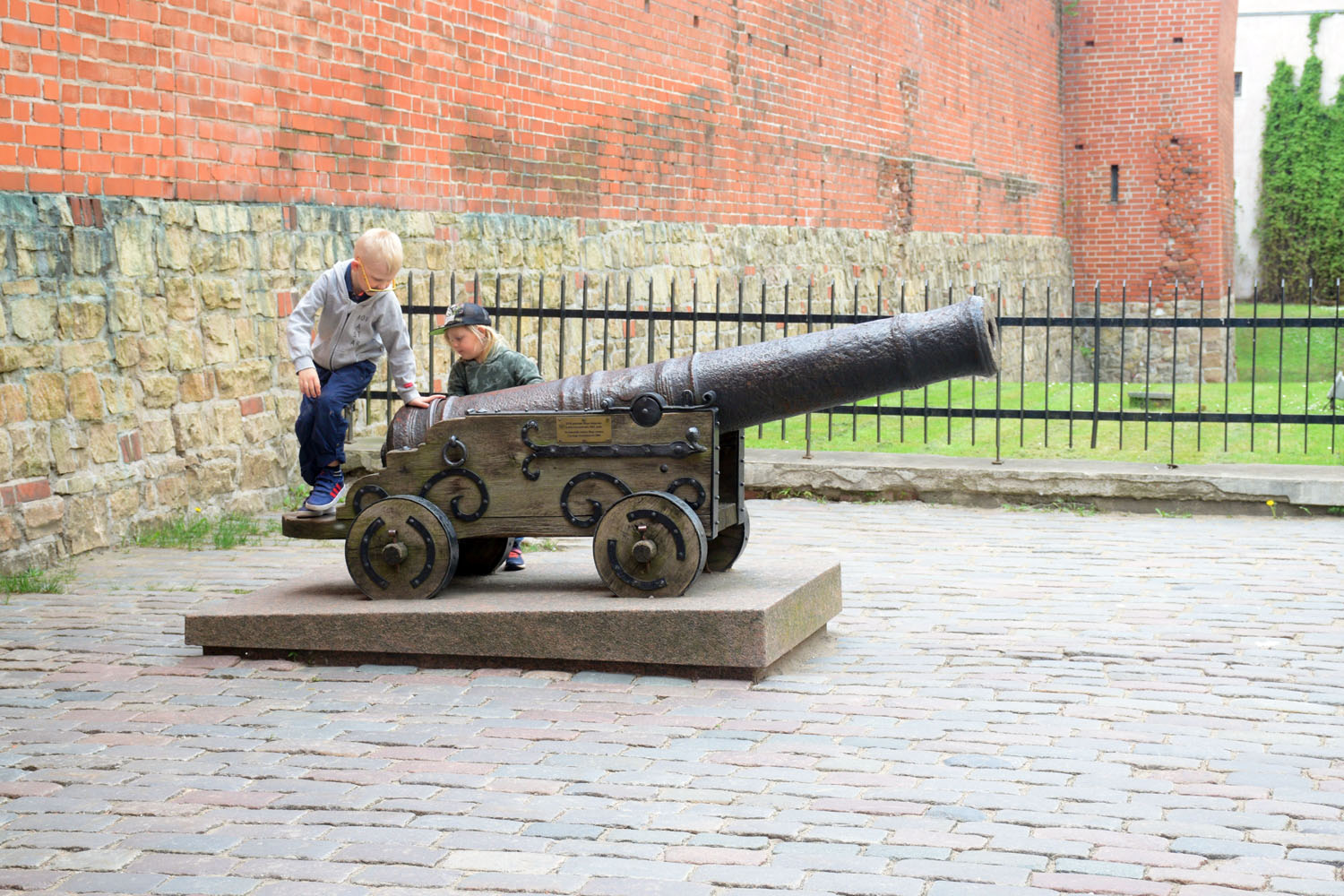
Several viewers said to me – yes, we understand your message – better guns as children’s toys than guns on the battlefield.
Secondly, photography itself can tell a story.
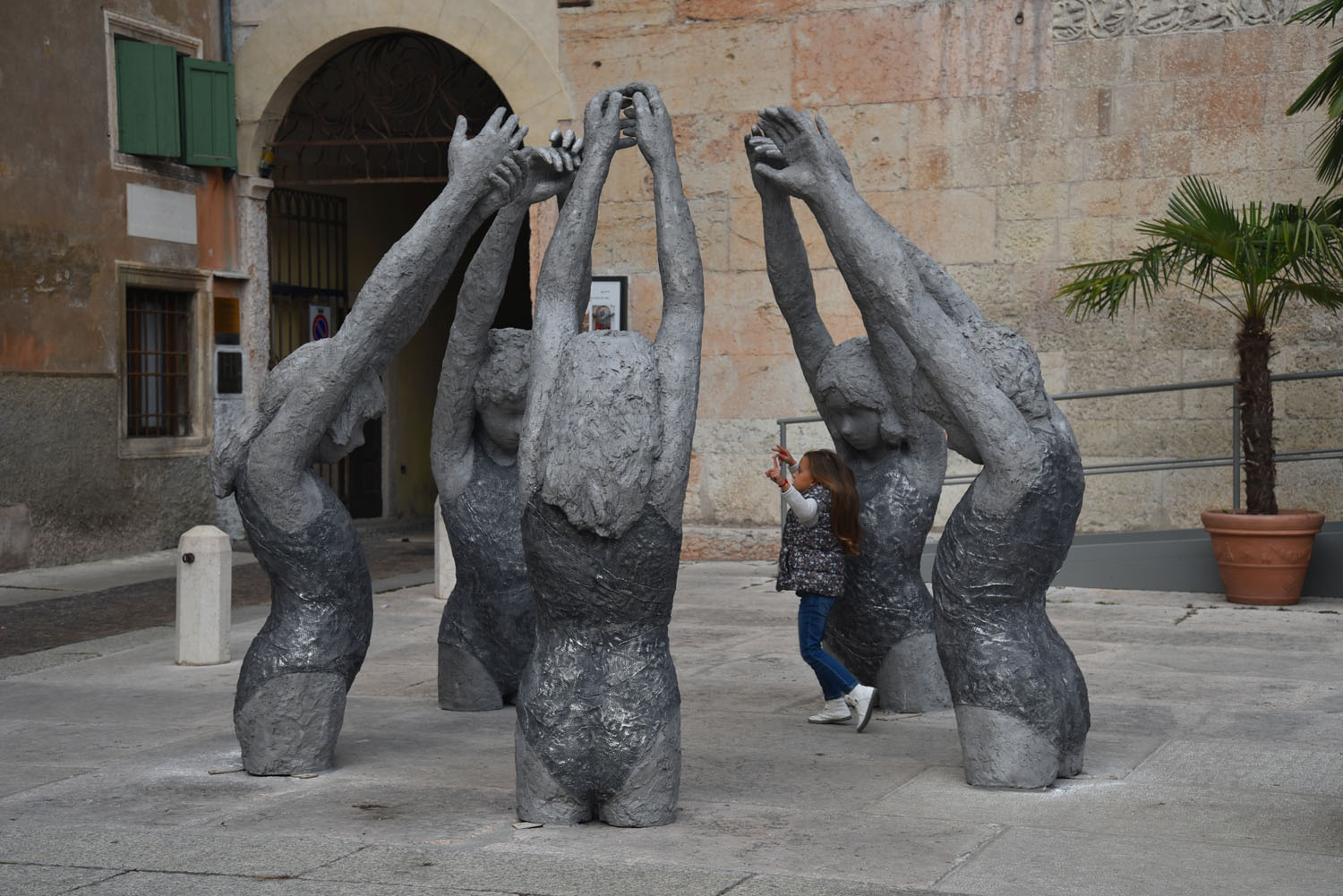
The photo brings a smile and questions – who is this girl? What does she think about when she imitates these sculptures?
And thirdly, sometimes I want to tell a story about photography!
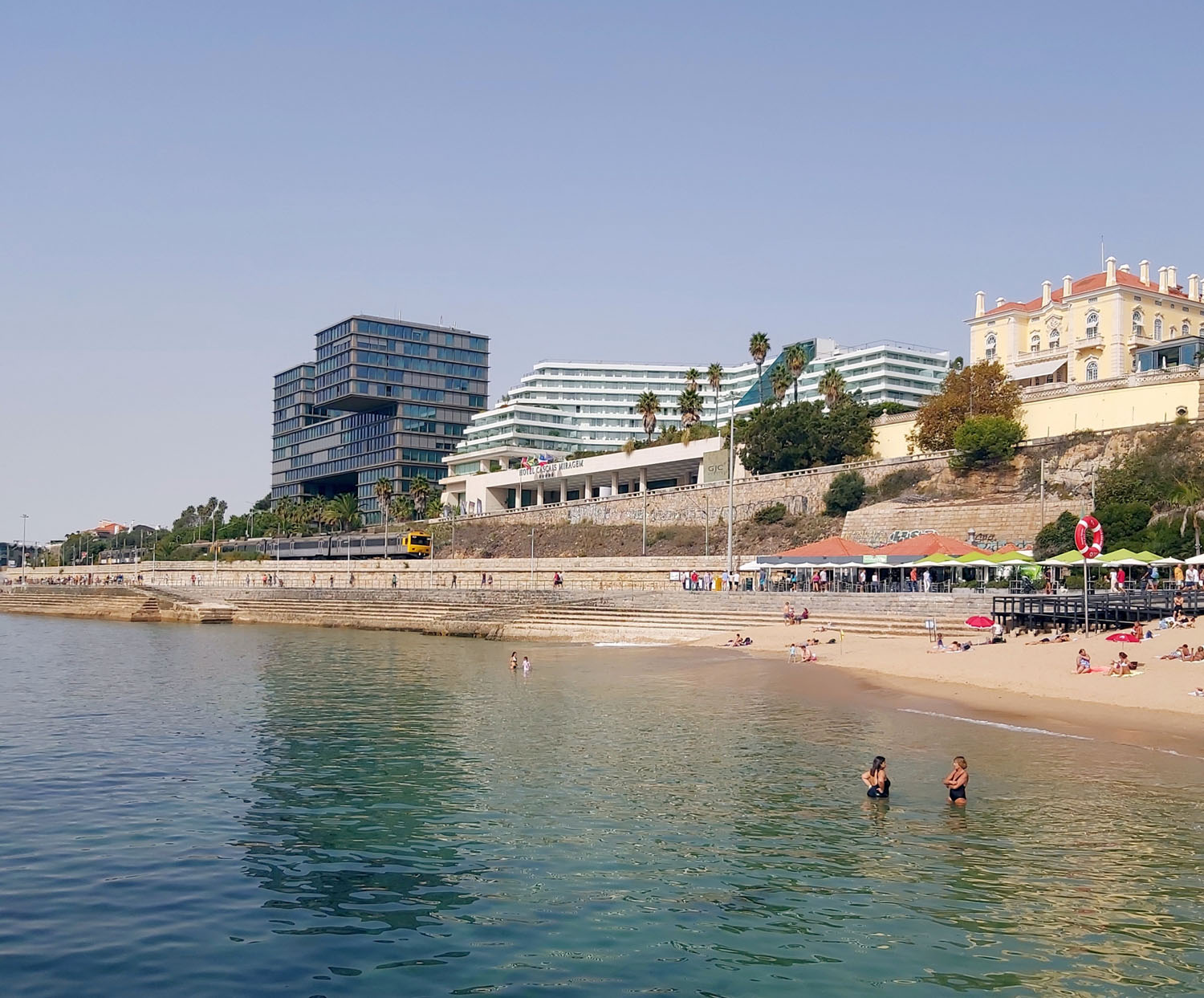
It would seem to be an ordinary scene of swimming in the sea, but it looks unusual. The locals explained to us that this is the typical way to swim in the sea – to go into the water up to your waist and stand for a few minutes (and maybe chat with someone during this time). Then take a quick dip and go ashore, warm up and sunbathe. You can learn many unusual things while traveling!
It can be against the rules, but sometimes few images can tell a story better than a single photo. Some scenes just beg to be part of a common story.
Hands play an important role in communication between people, including in Portugal.
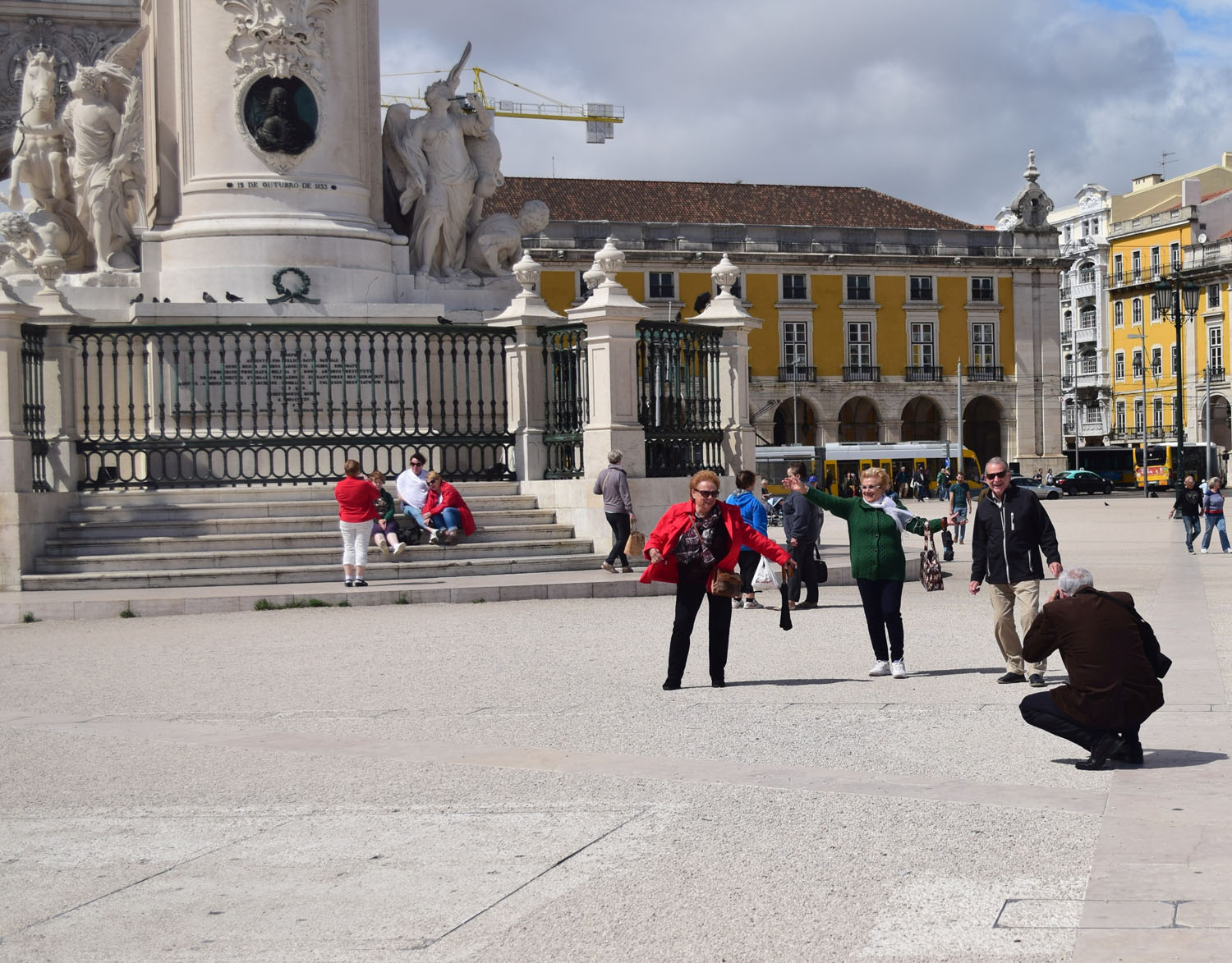
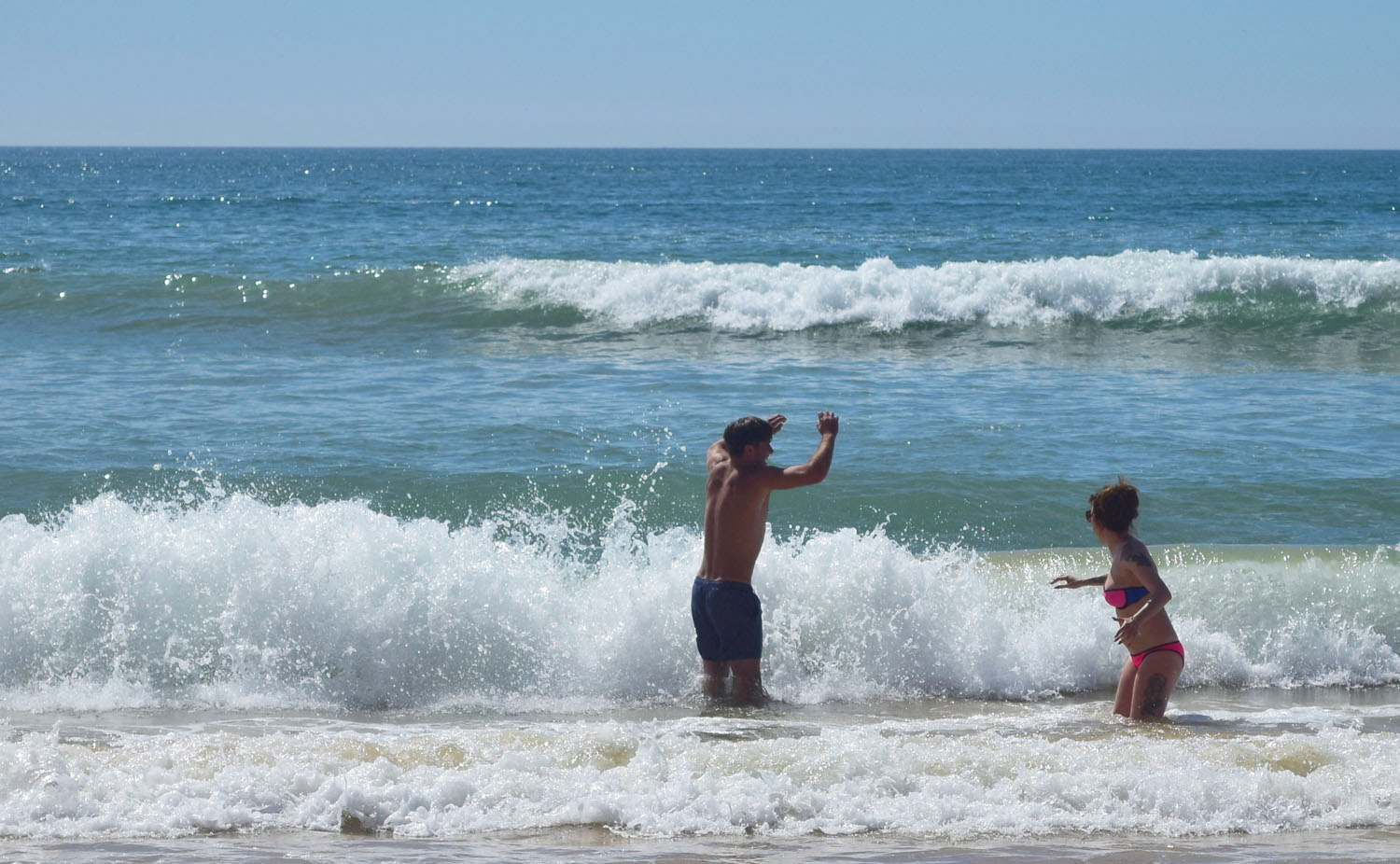
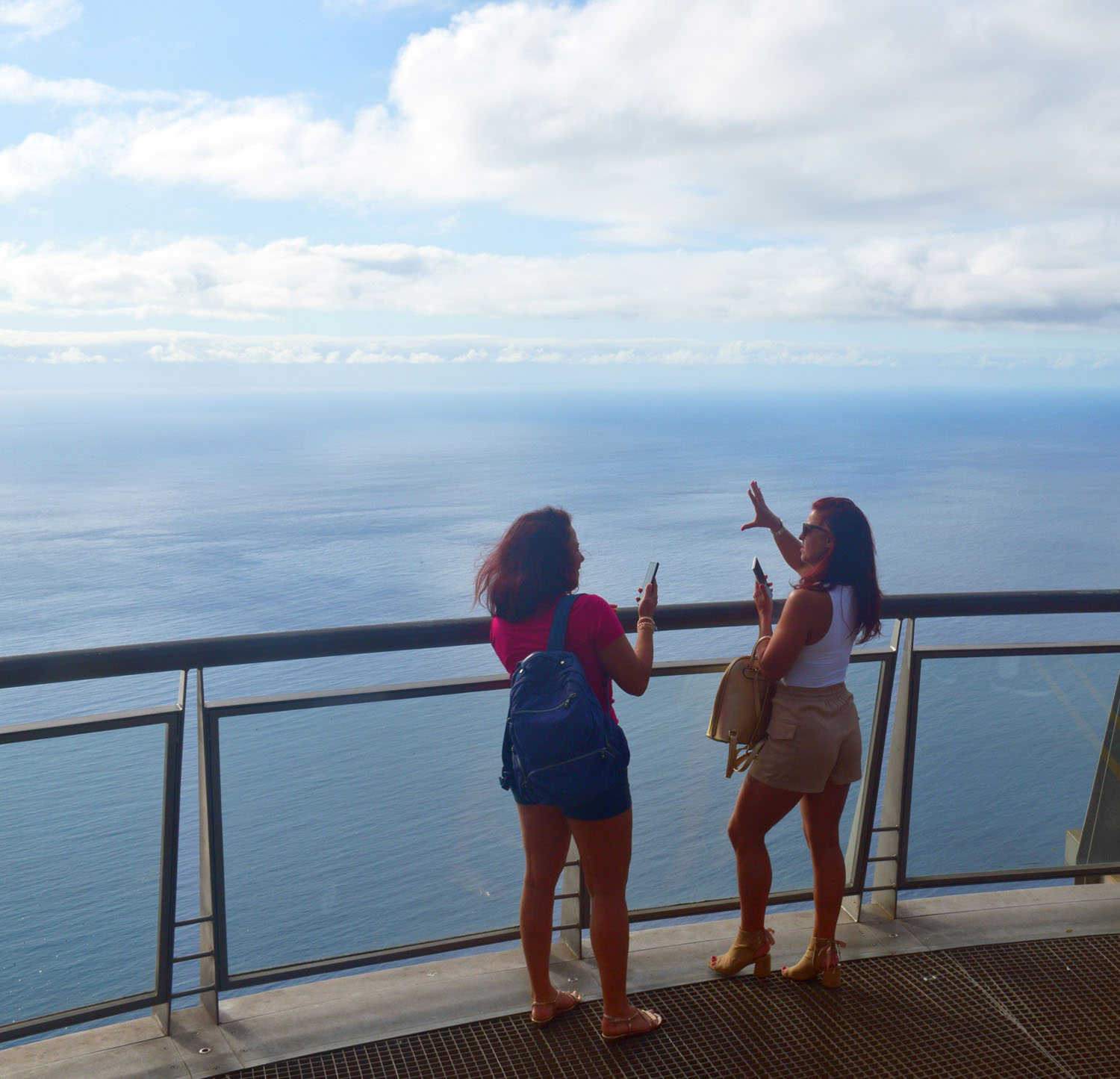
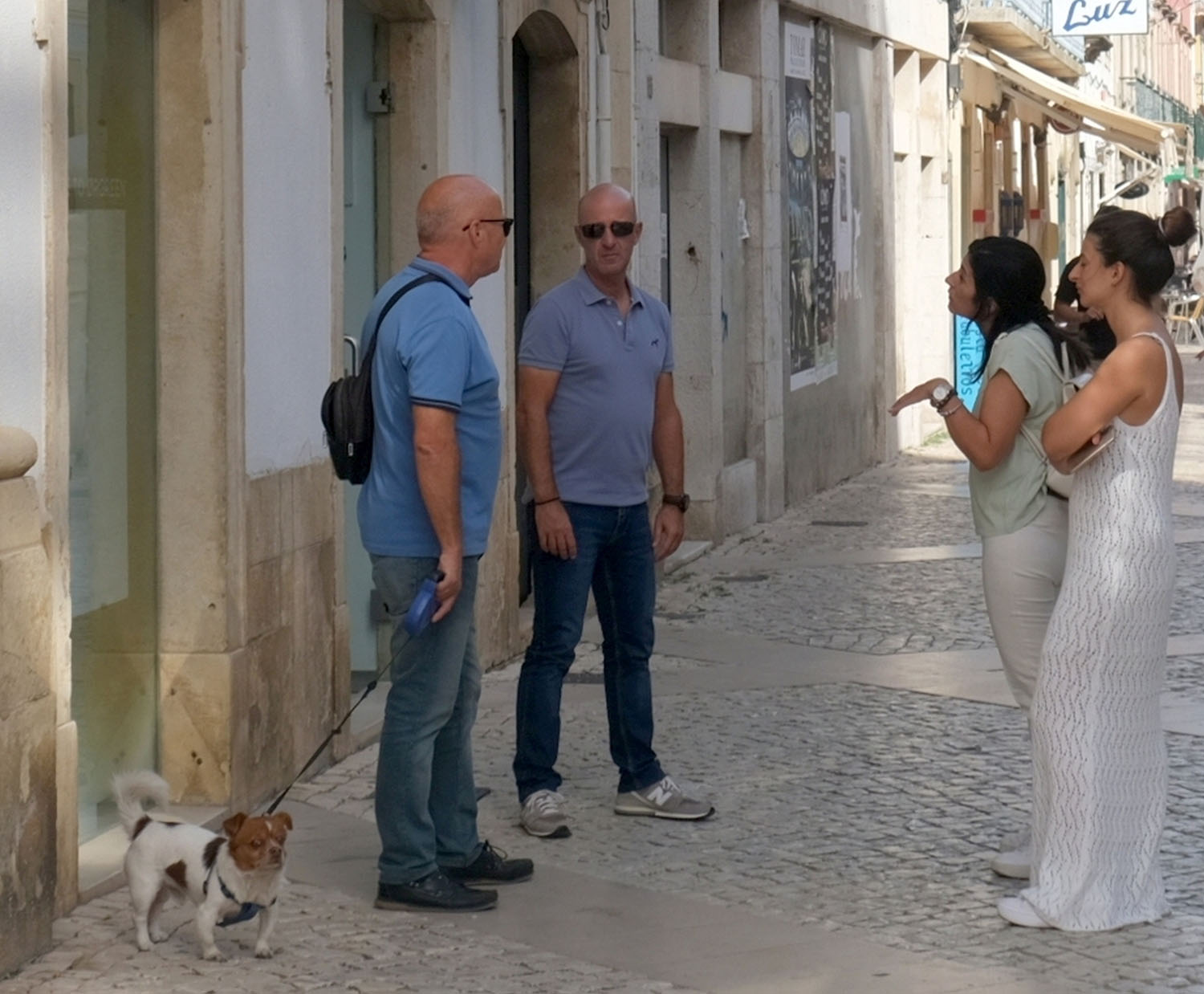
One street photo can even be the beginning of a series. As soon as I saw this Portugal mermaid, the Danish version immediately came to mind. But it turns out that there are more potential mermaids in Portugal.
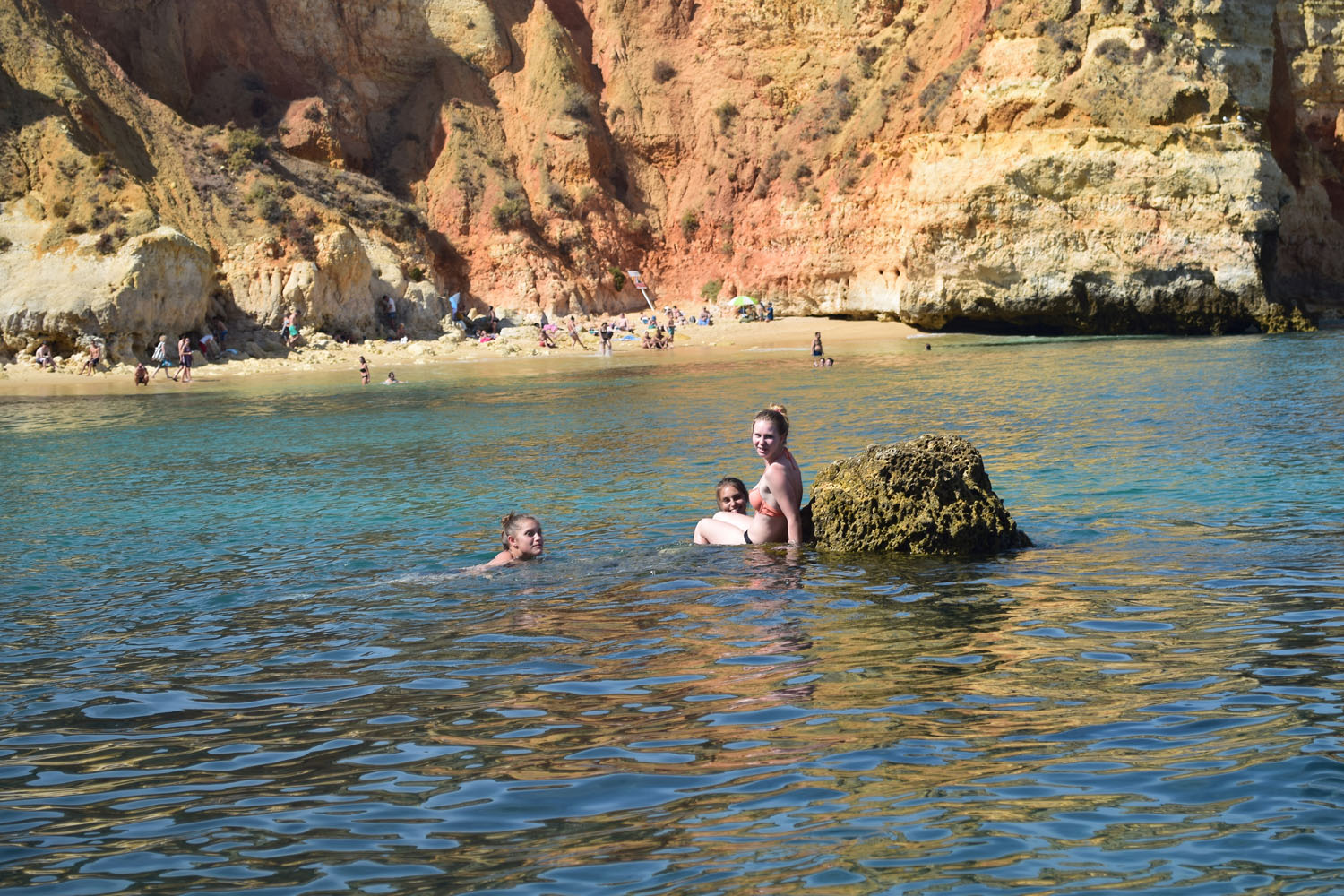
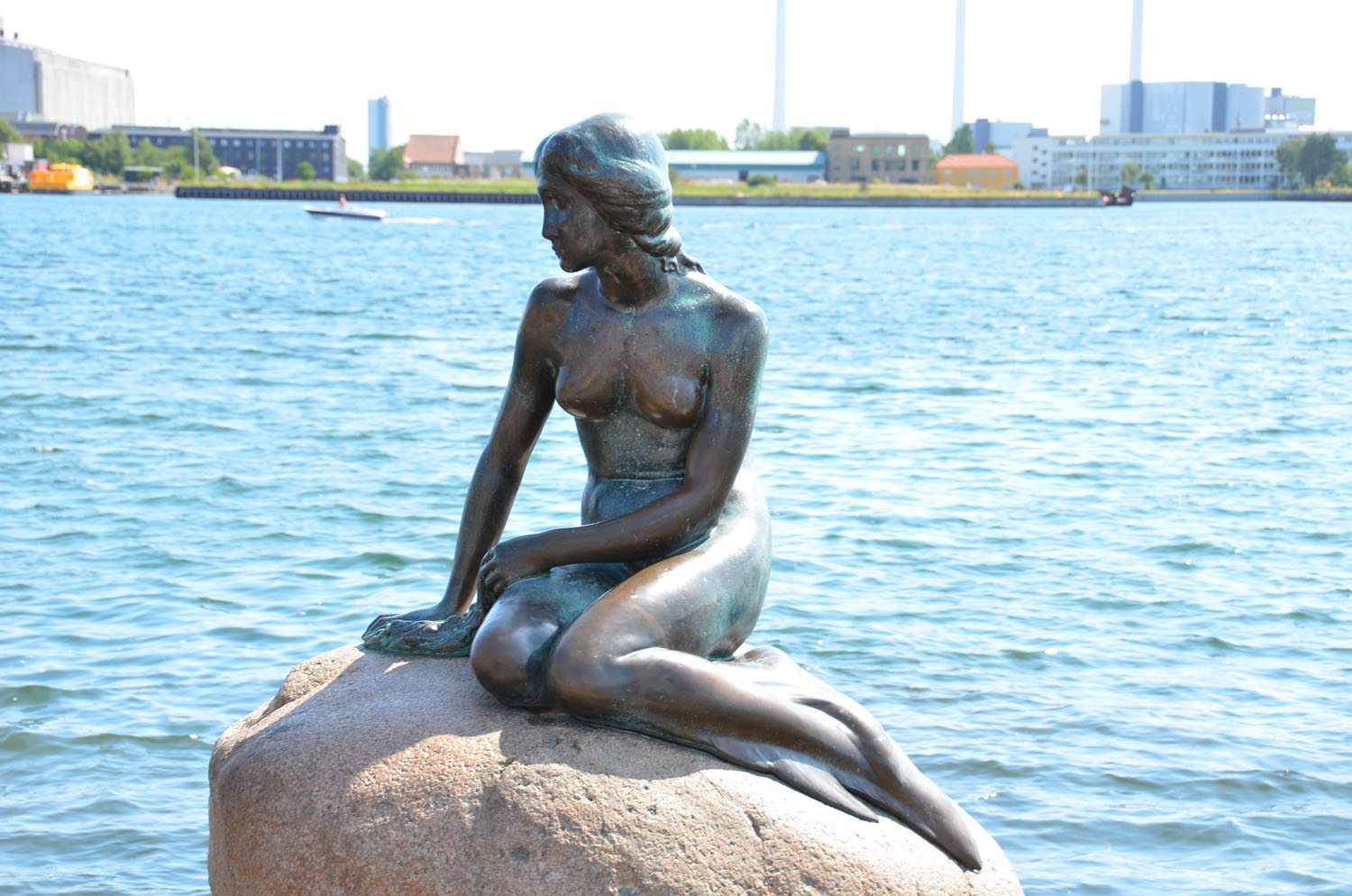
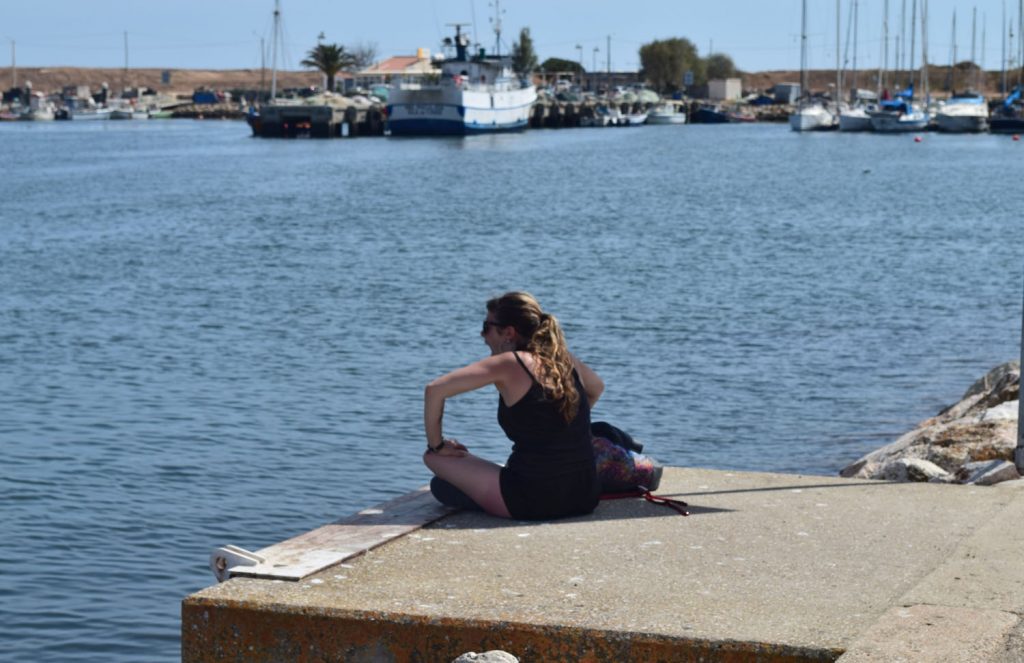
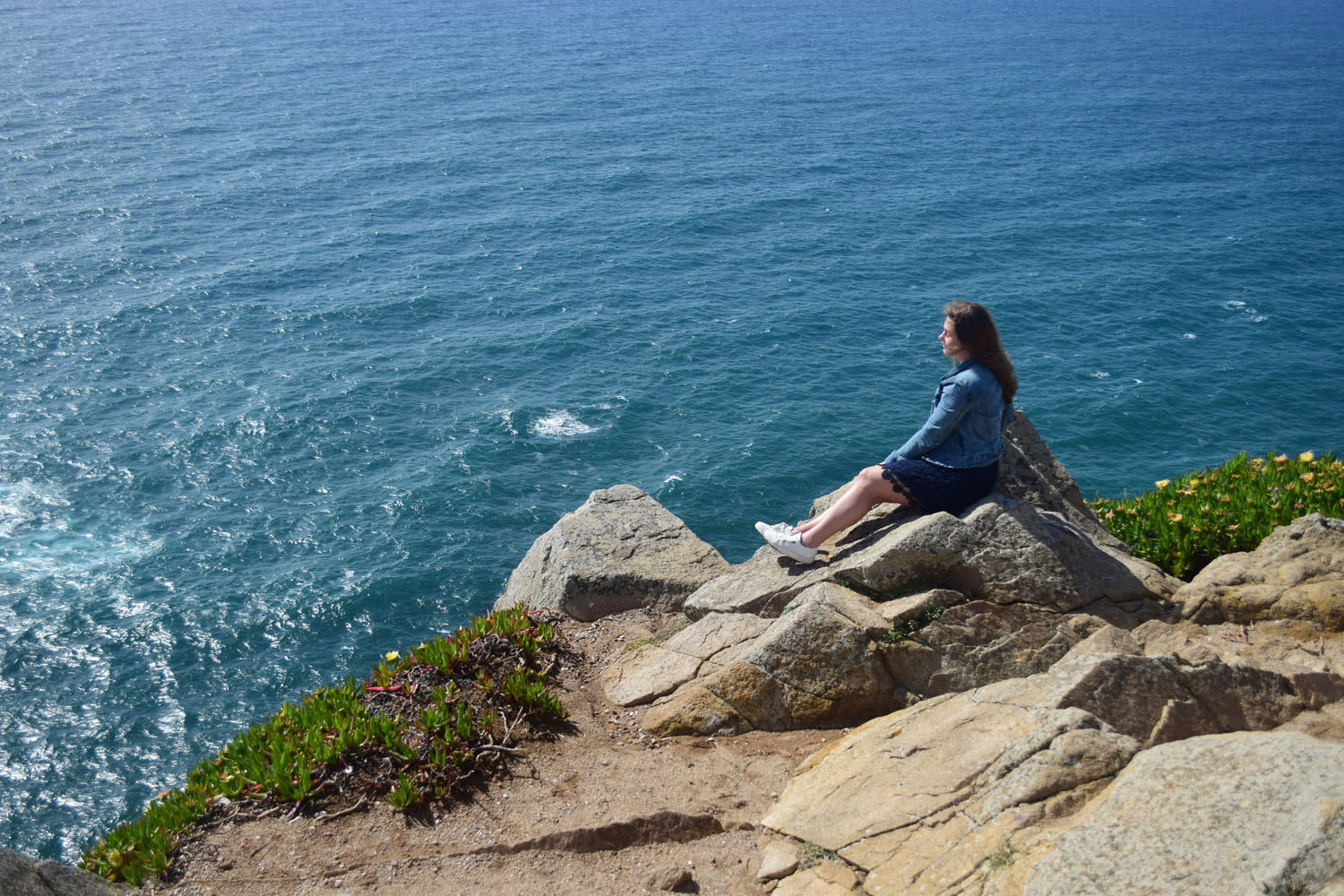
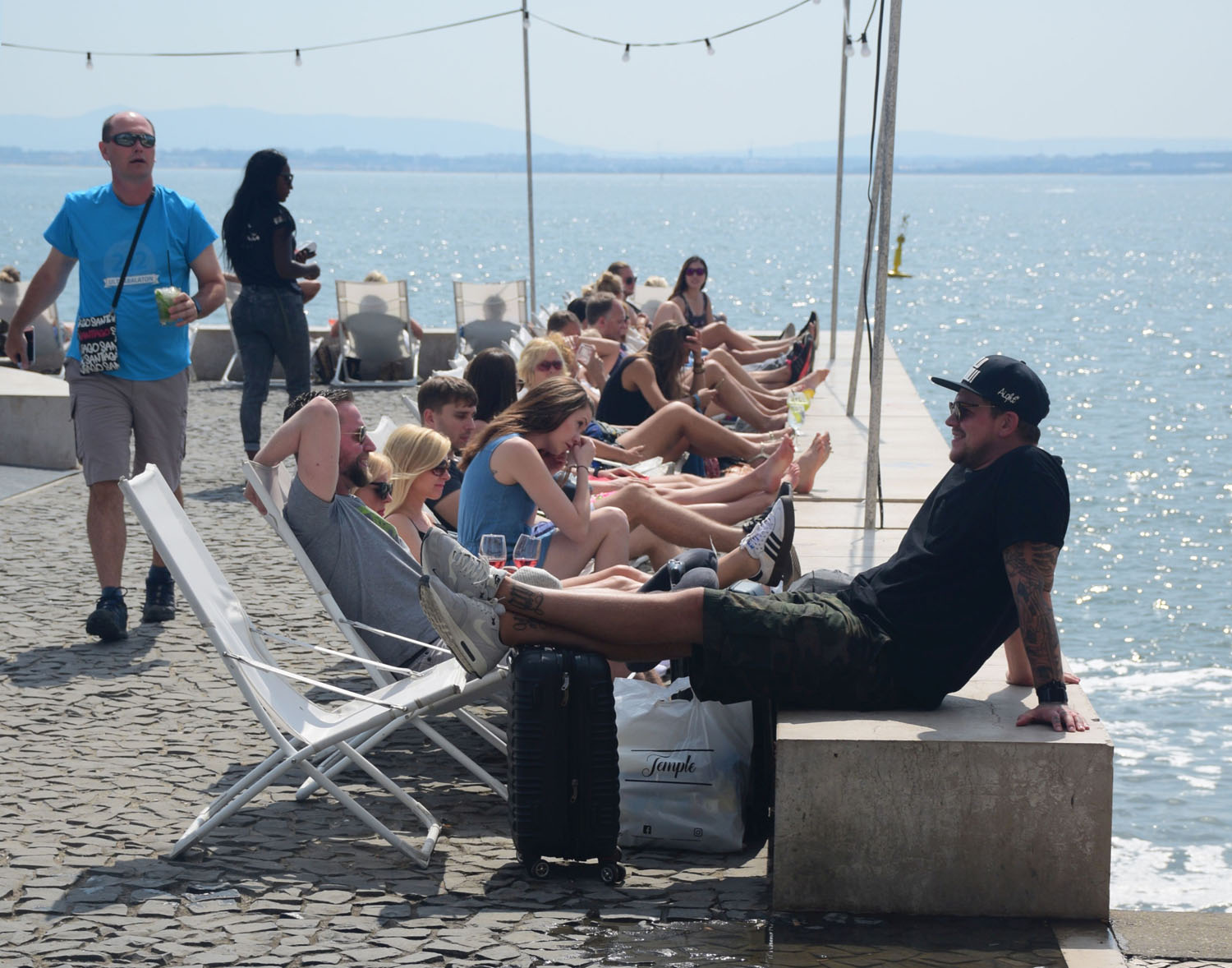
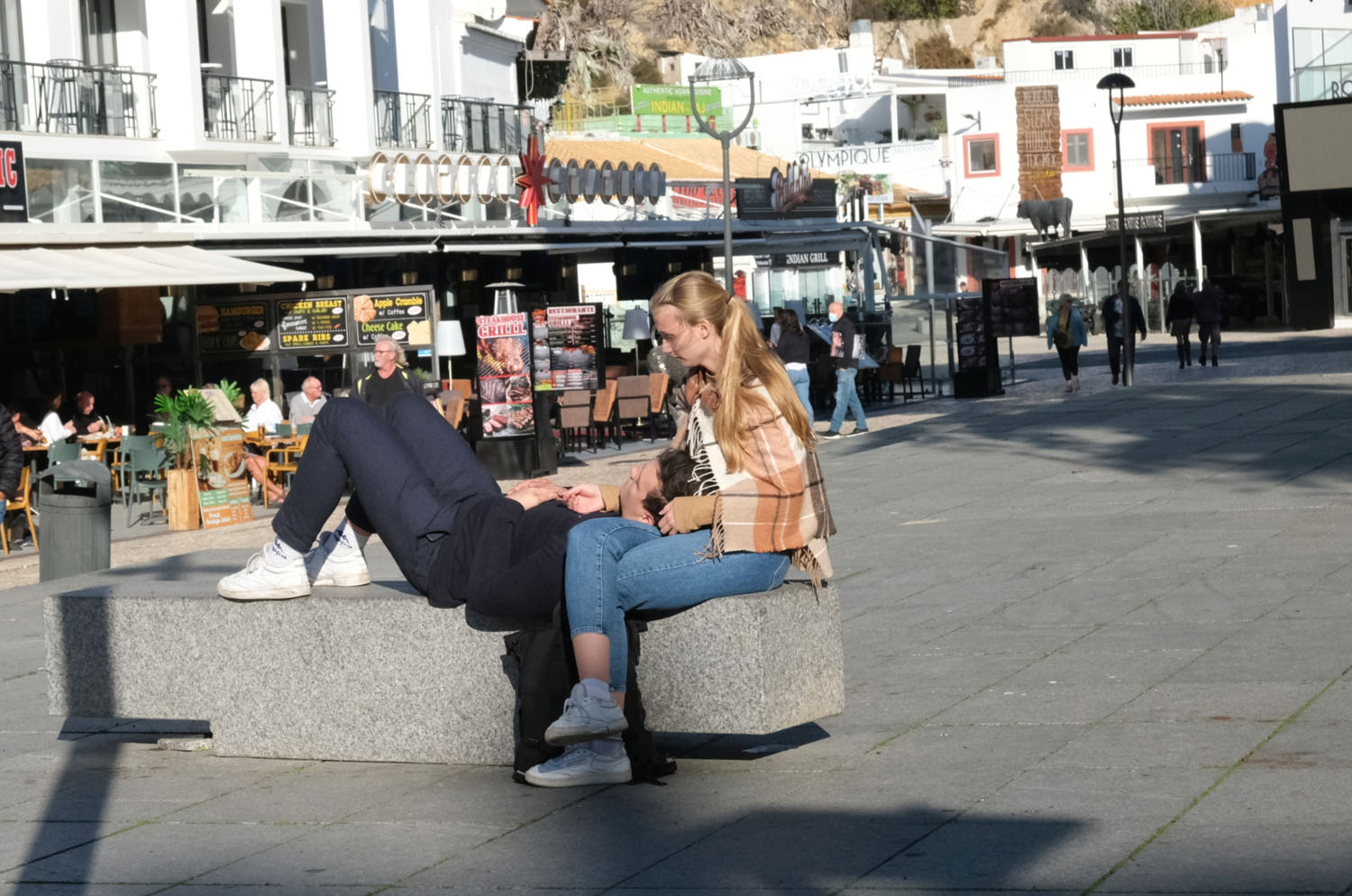
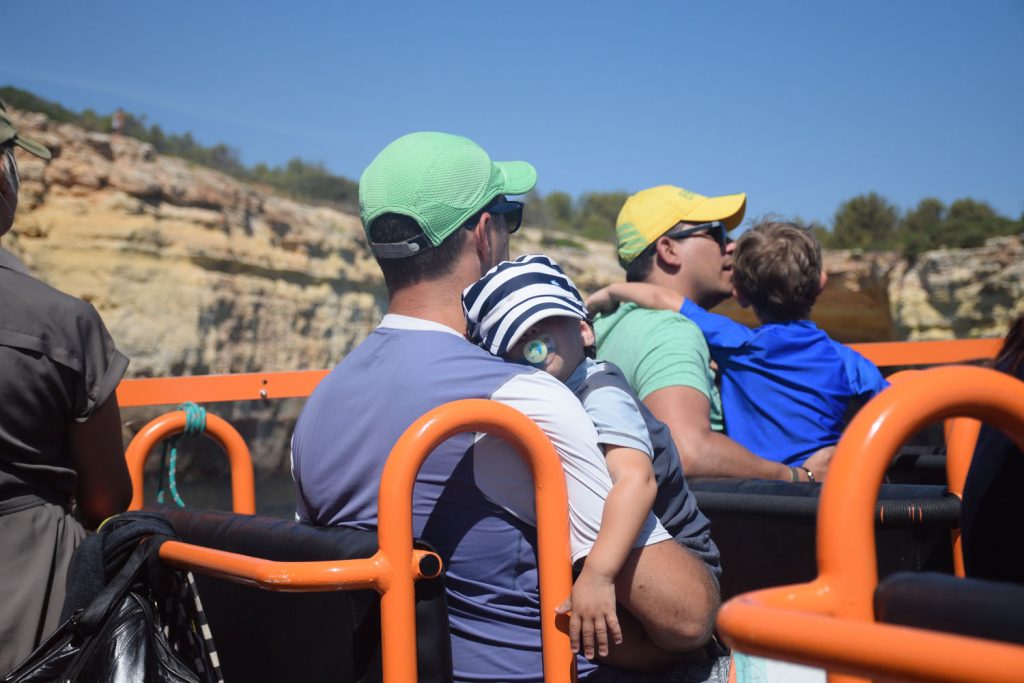
Sometimes, on the street, you can catch unique interesting moments in public spaces that happen over a matter of seconds.
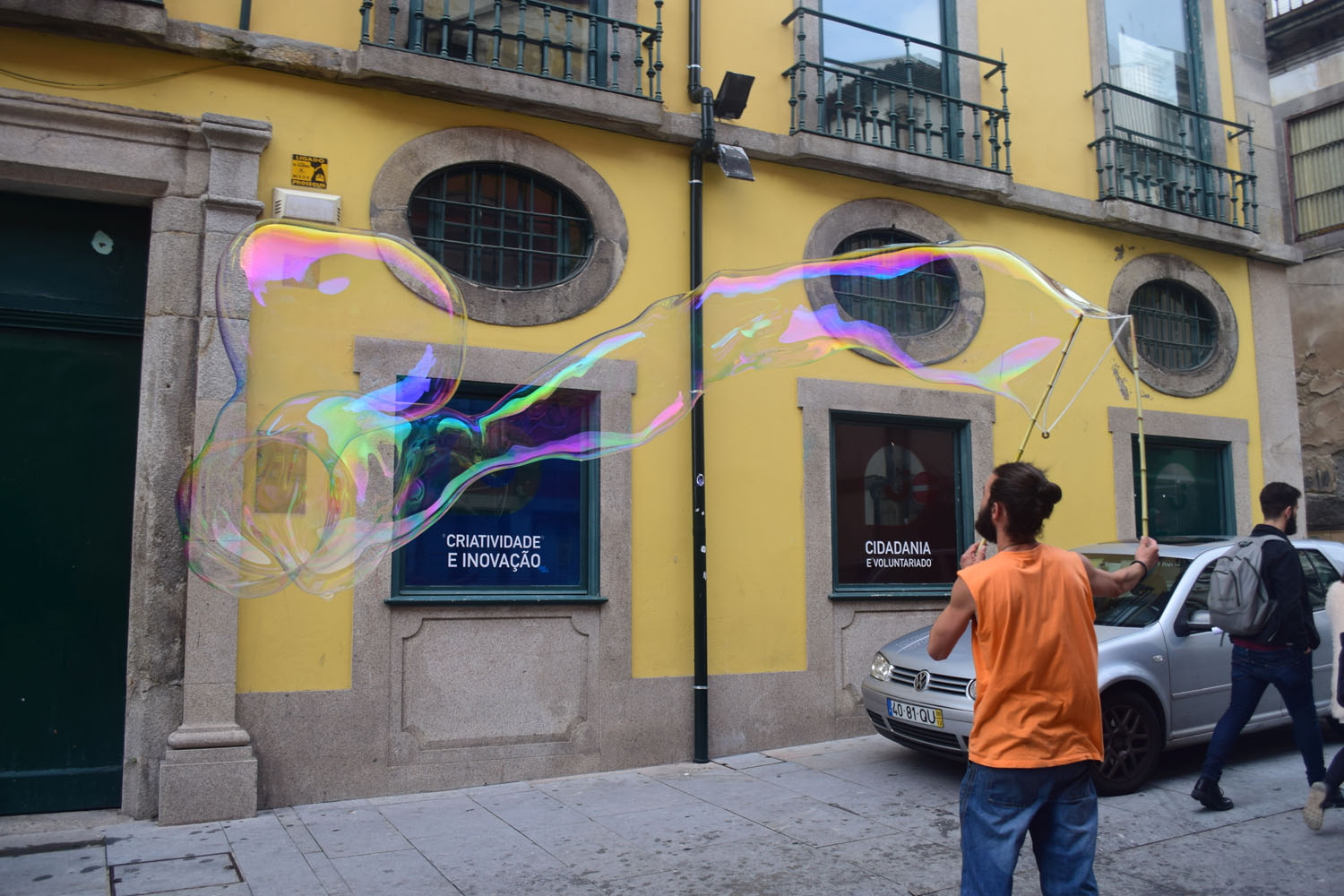
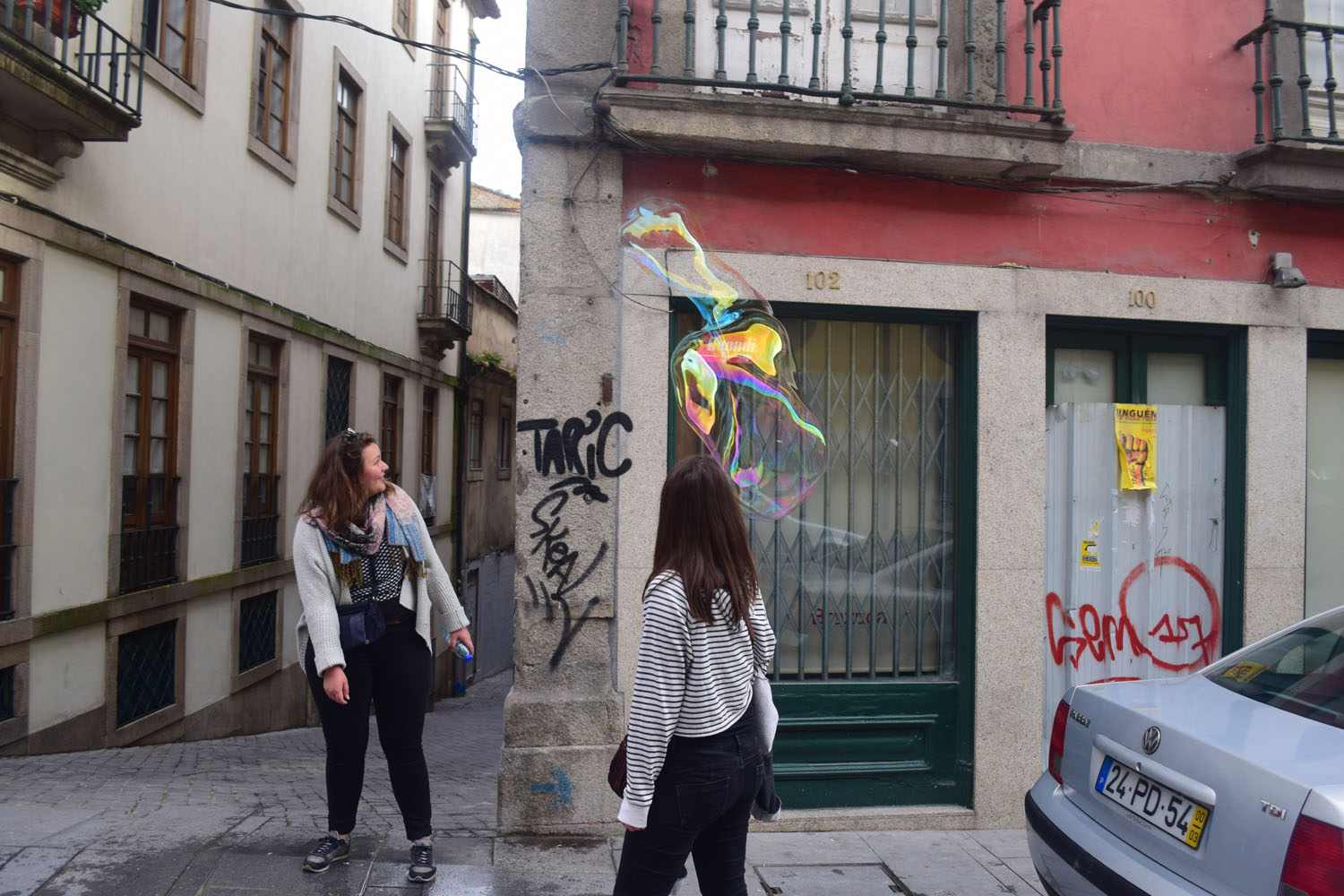
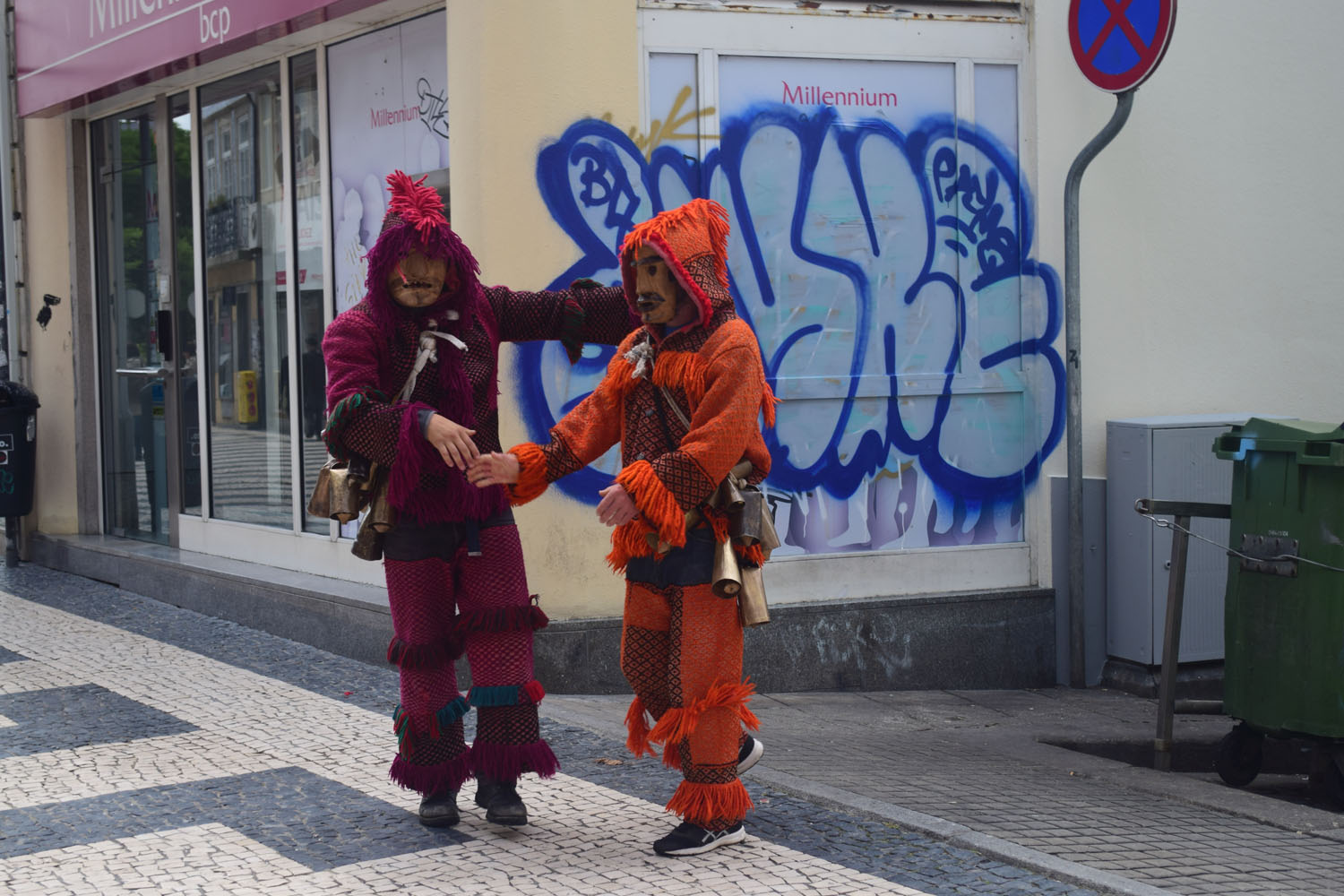
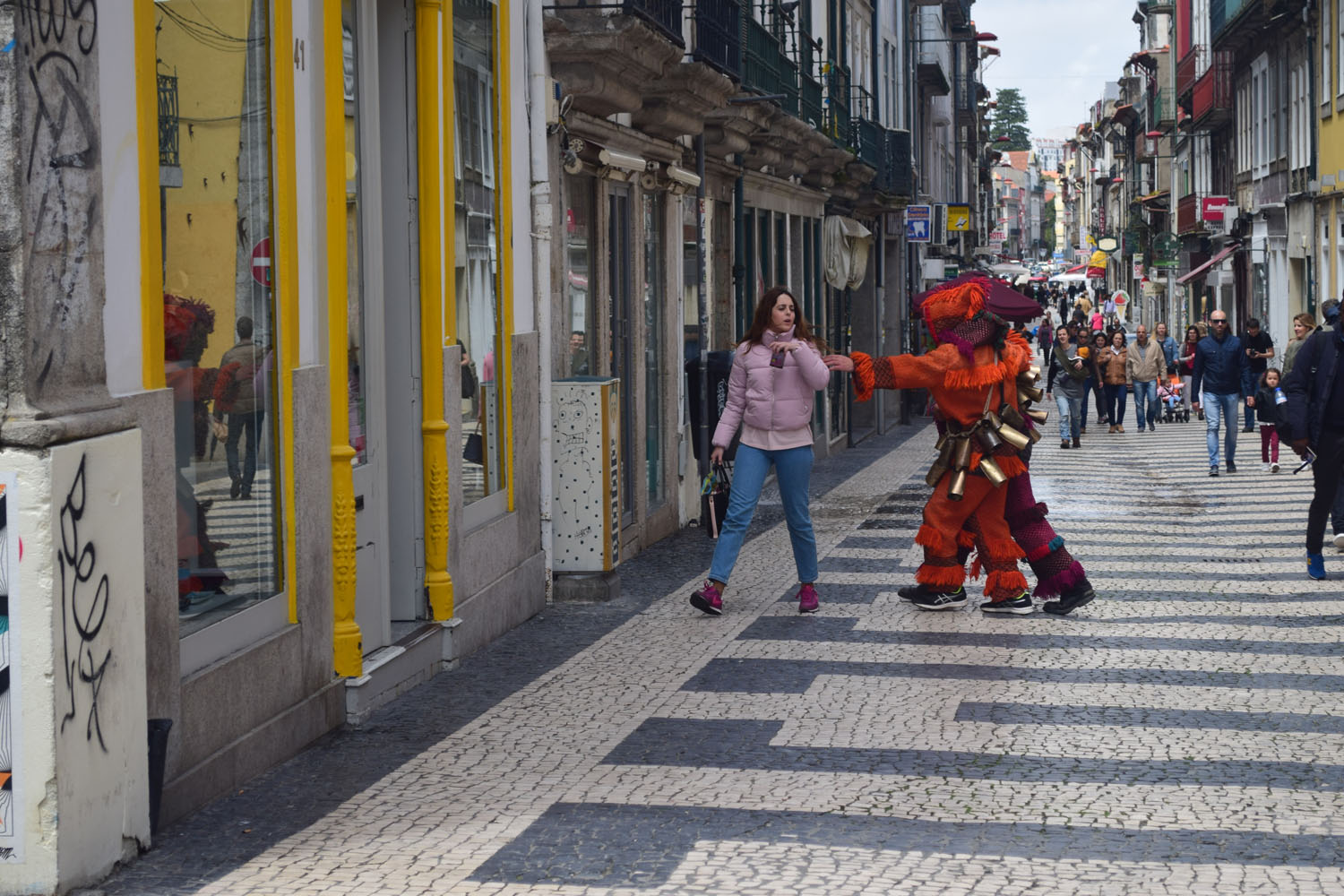
Returning to the question of genre boundaries, I admit that sometimes it is impossible to separate Travel and Street photography. Travel presents a lot of opportunities for street photography, and street photography illustrates travel beautifully.
I would like to offer a few examples. In windy weather, it is very difficult to walk to Stella with the cross at Cabo da Roca, at the most westerly point of mainland Europe.
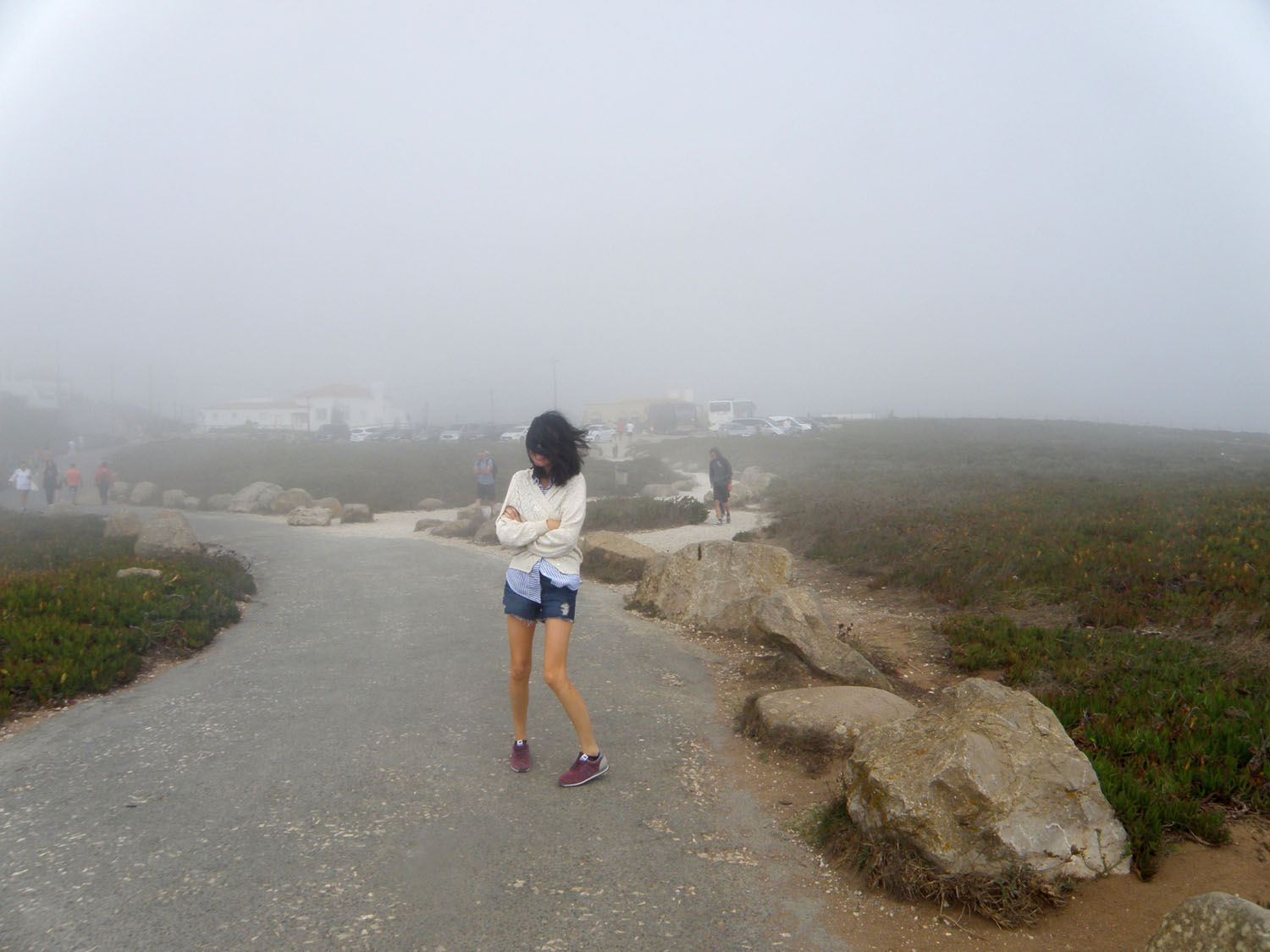
But in good weather, people try to get to the very edge of the earth, although the cliffs reach a height of 140 meters.
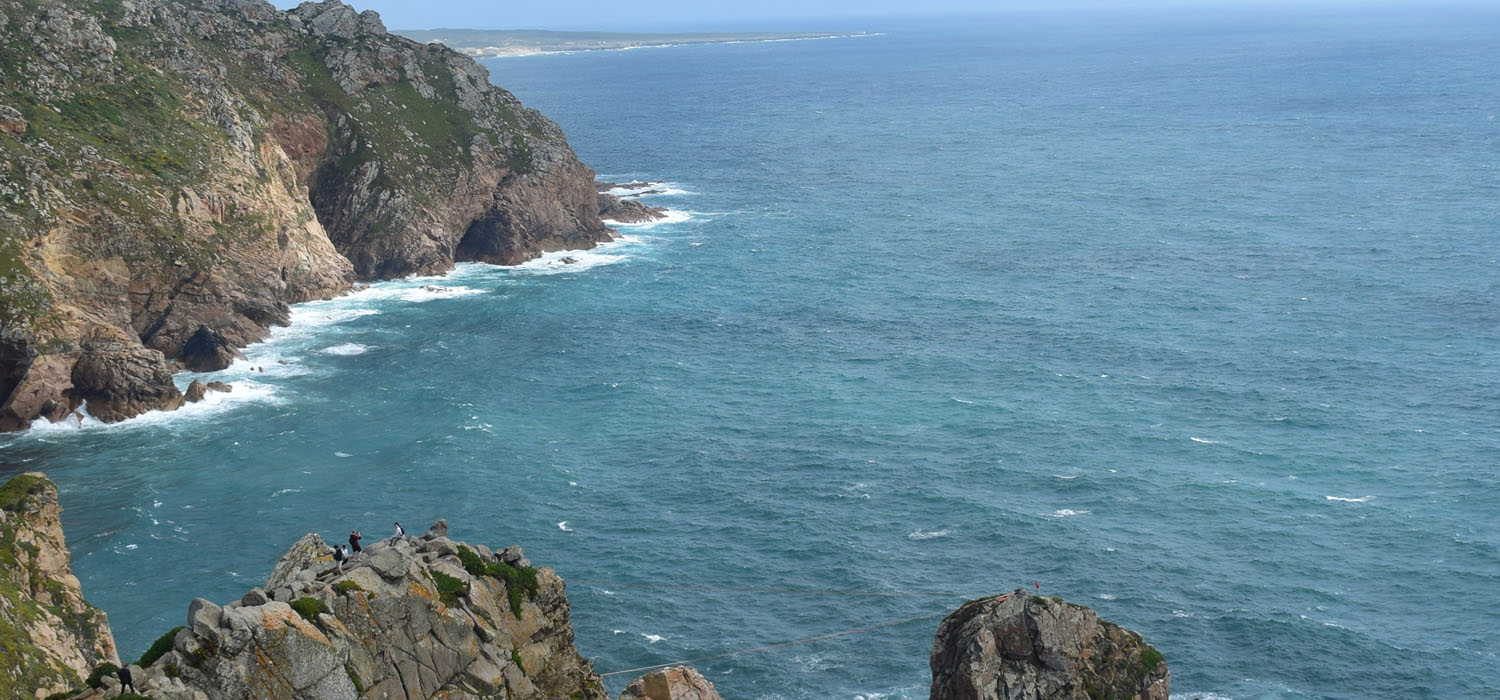
And when it comes to the weather, sometimes a photo can raise interesting questions.
Do these people live in the same city in different weather or even in different climatic zones?
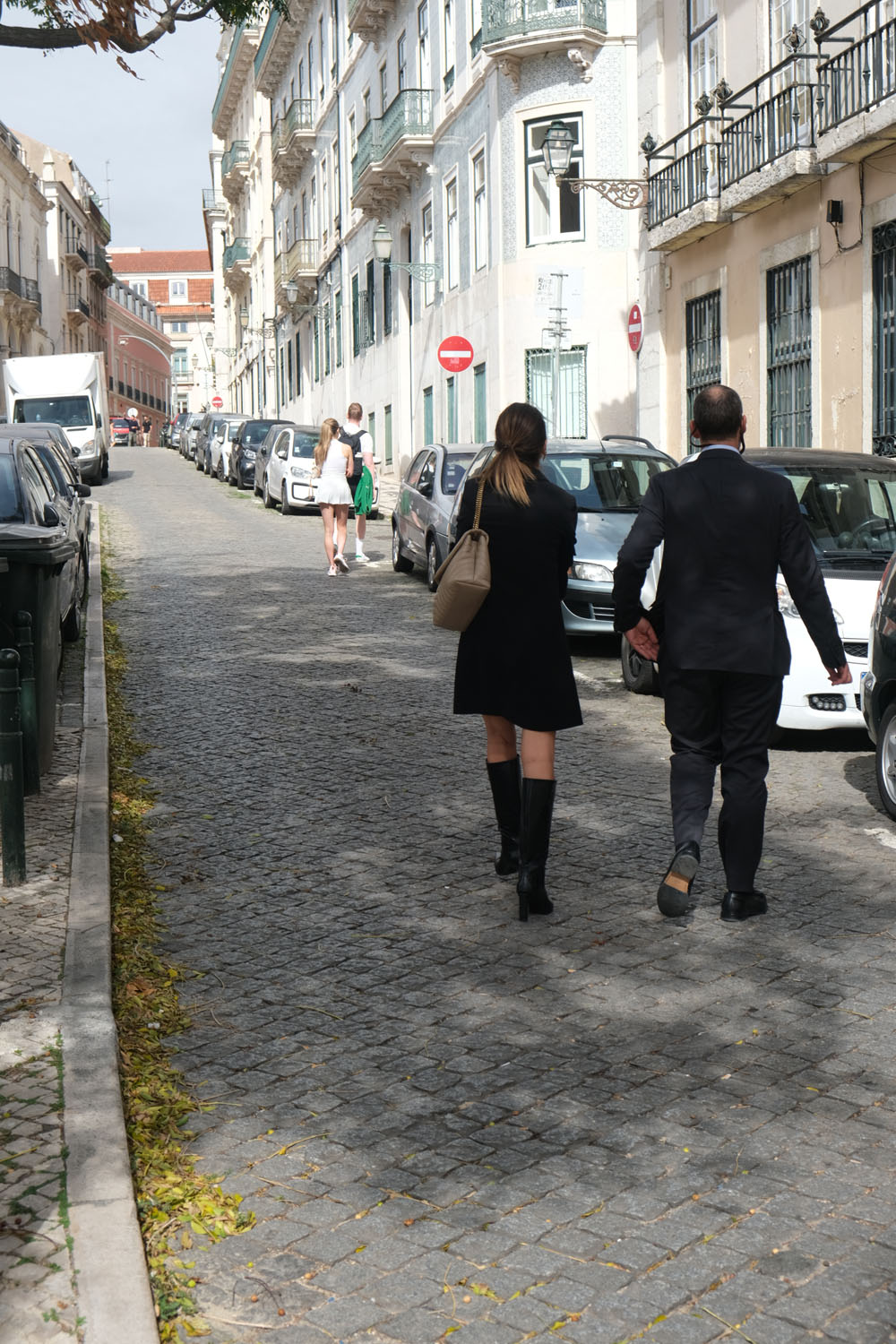
I think that one objective conclusion follows from my article: Portugal is a wonderful country for Travel and Street photography.
Now for my subjective remarks.
- When I used Nikon cameras, I shot in RAW and JPEG. With Fuji’s camera, I practically shoot only in JPEG and the quality of the photos completely satisfies me. With the right exposure, there’s little to nothing to improve.
If you’ve read this far, you can try to determine for yourself which picture was taken by a particular camera.
2. Also, everyone can decide for themselves whether the usual recommendations and rules for street photography are suitable for them. It seems to me that these rules simply do not work.
I hope I can, if I wish, repeat my trip to Scotland and find the Eilean Donan Castle at the same place. And take a picture of it again – this time with a better camera, maybe in better weather. But I don’t think that even with a newer and better camera, I will again be able to photograph the unique and special moments presented in this article.
And this is where the line between genres lies.
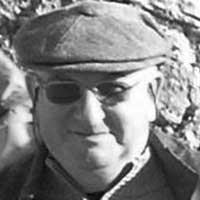
“My name is Michael Mesh, Ph.D. in Physics and Mathematics.
Now retired. Worked for the last 25 years in different high-tech companies in the field of optical communications. Now family, travel, photography, movies, books and music fill my time.”



